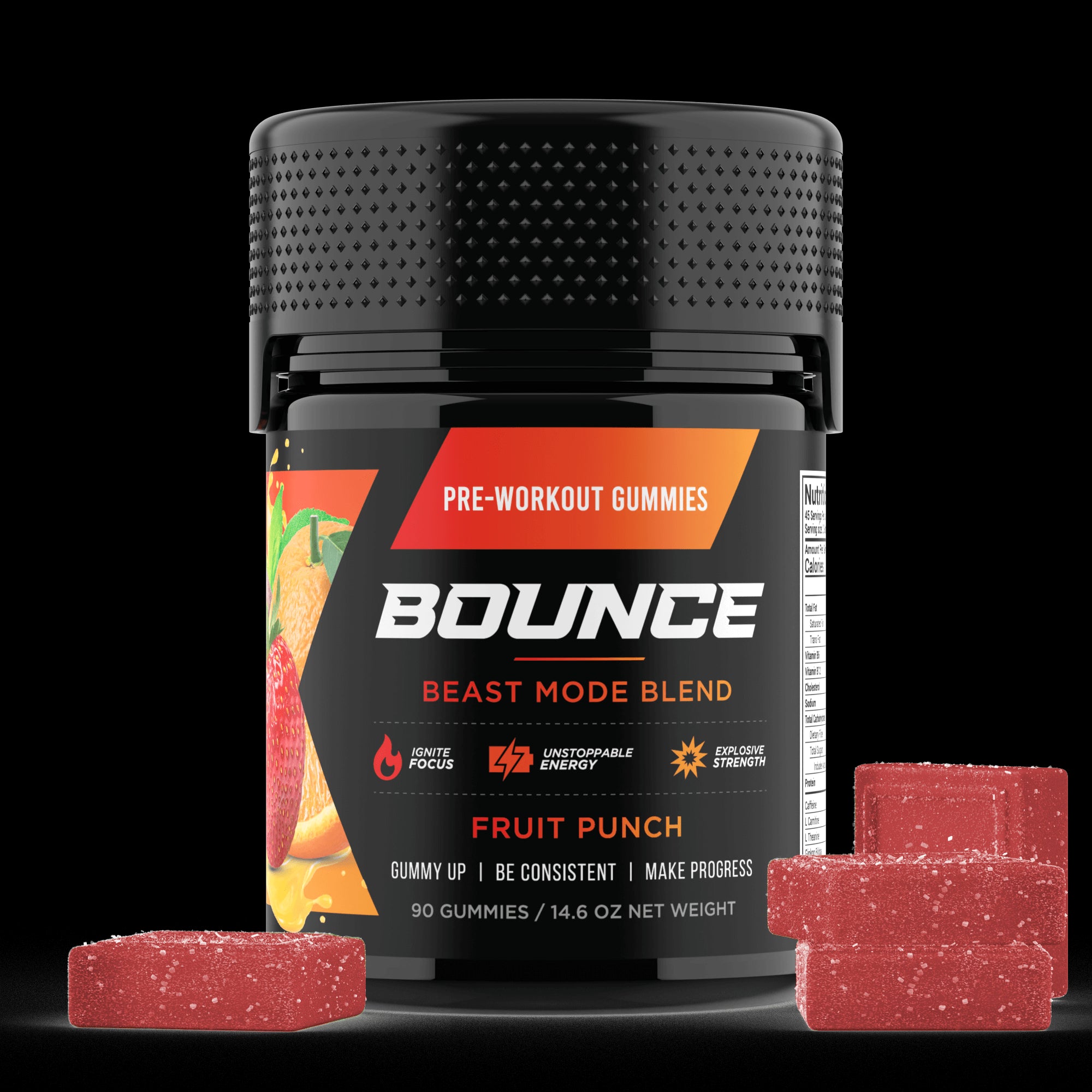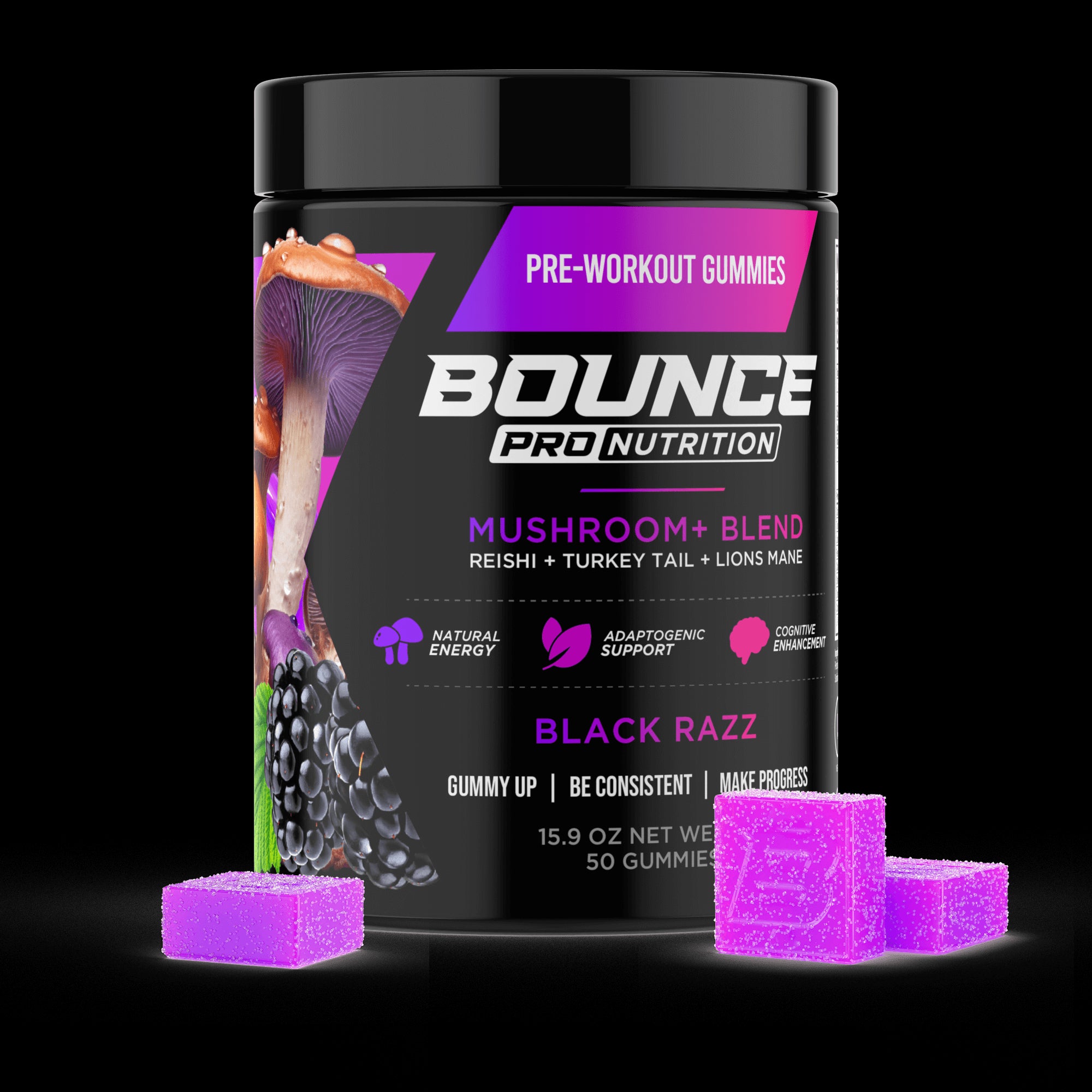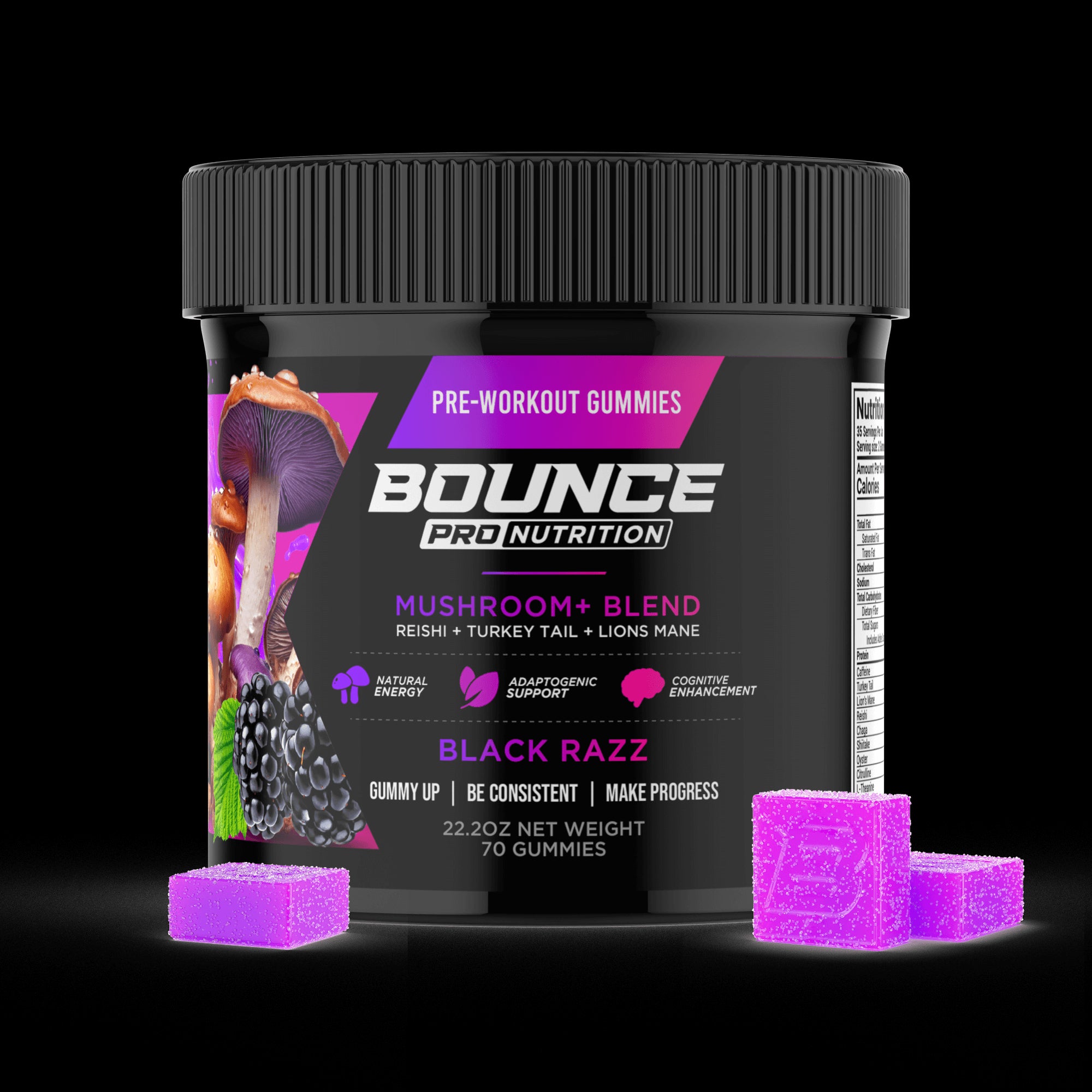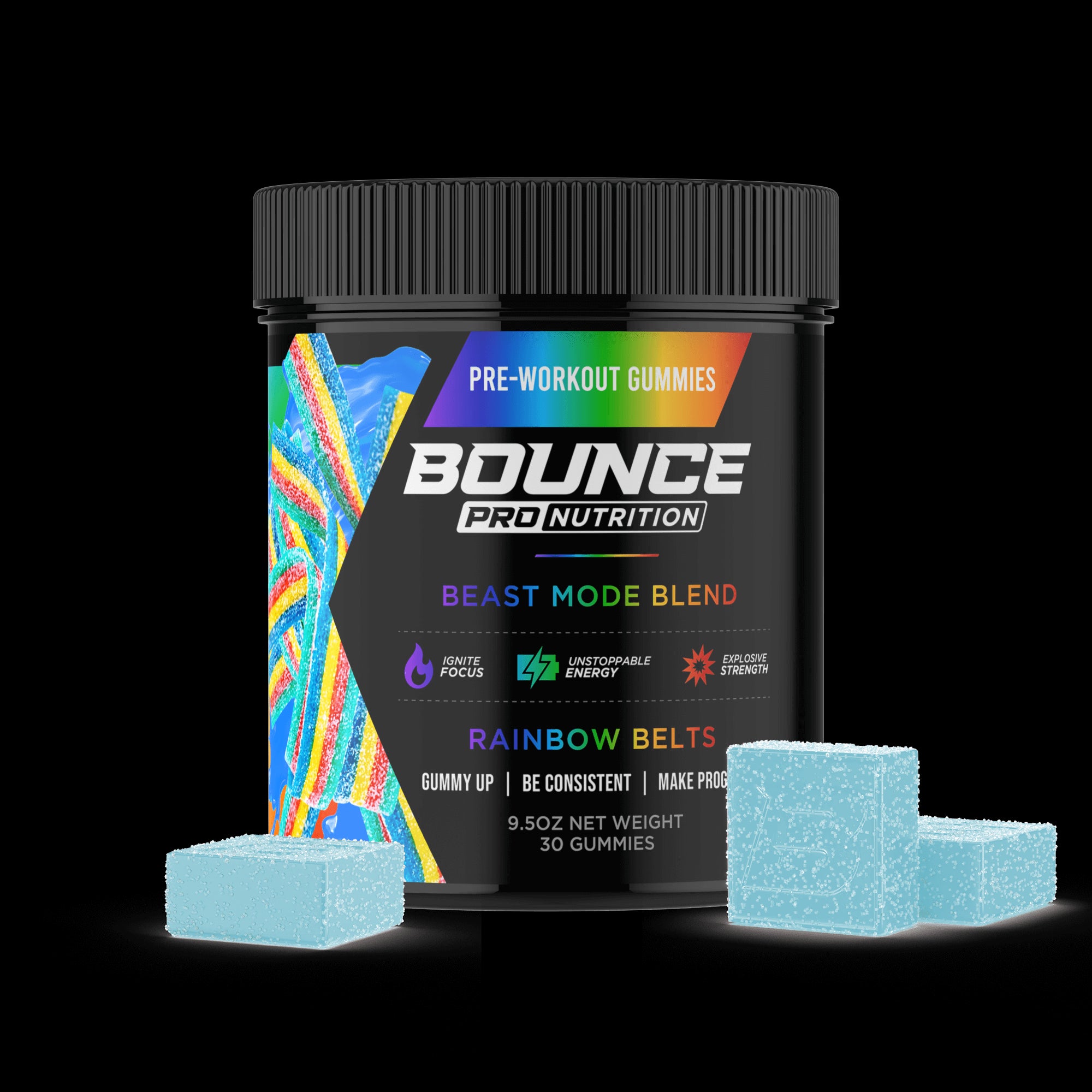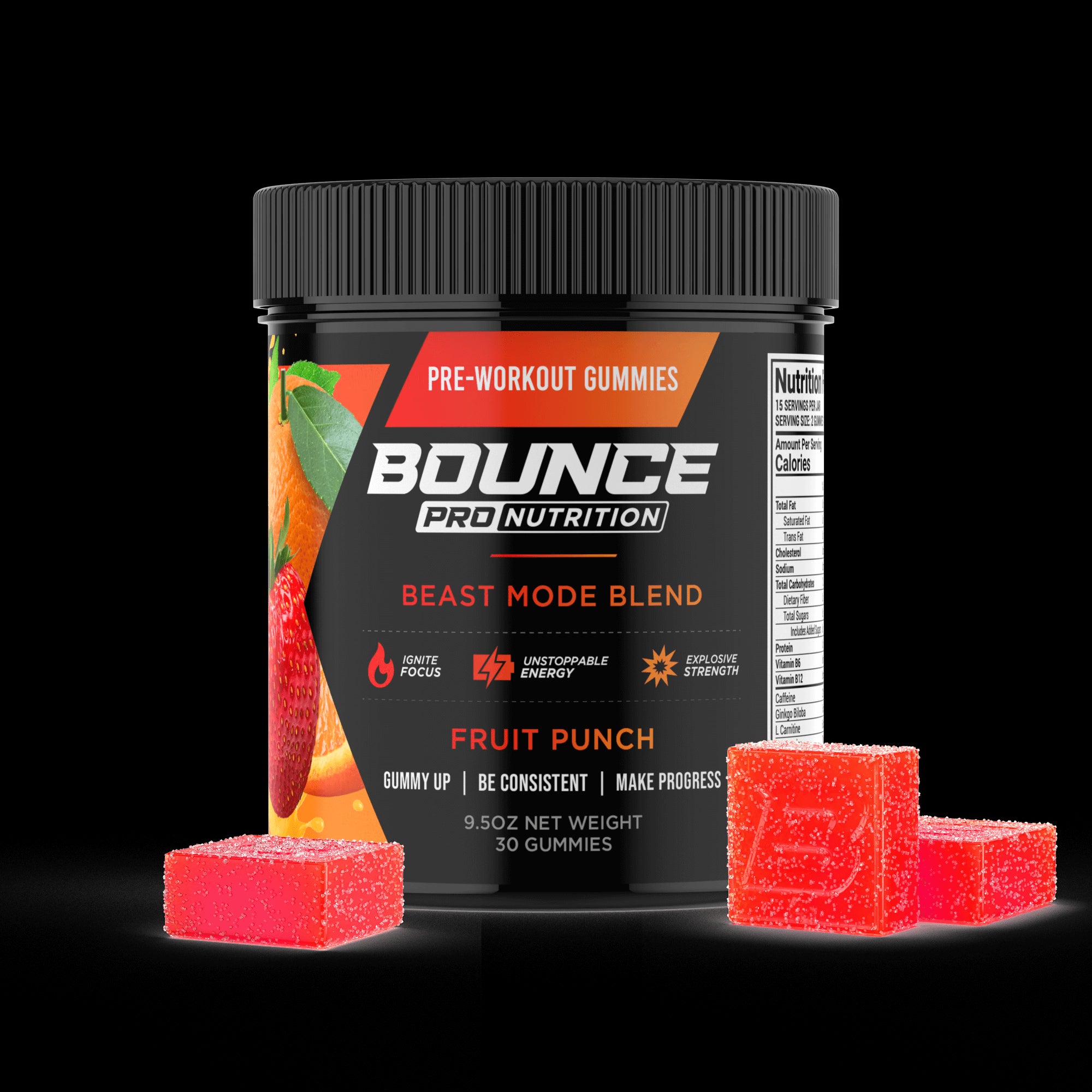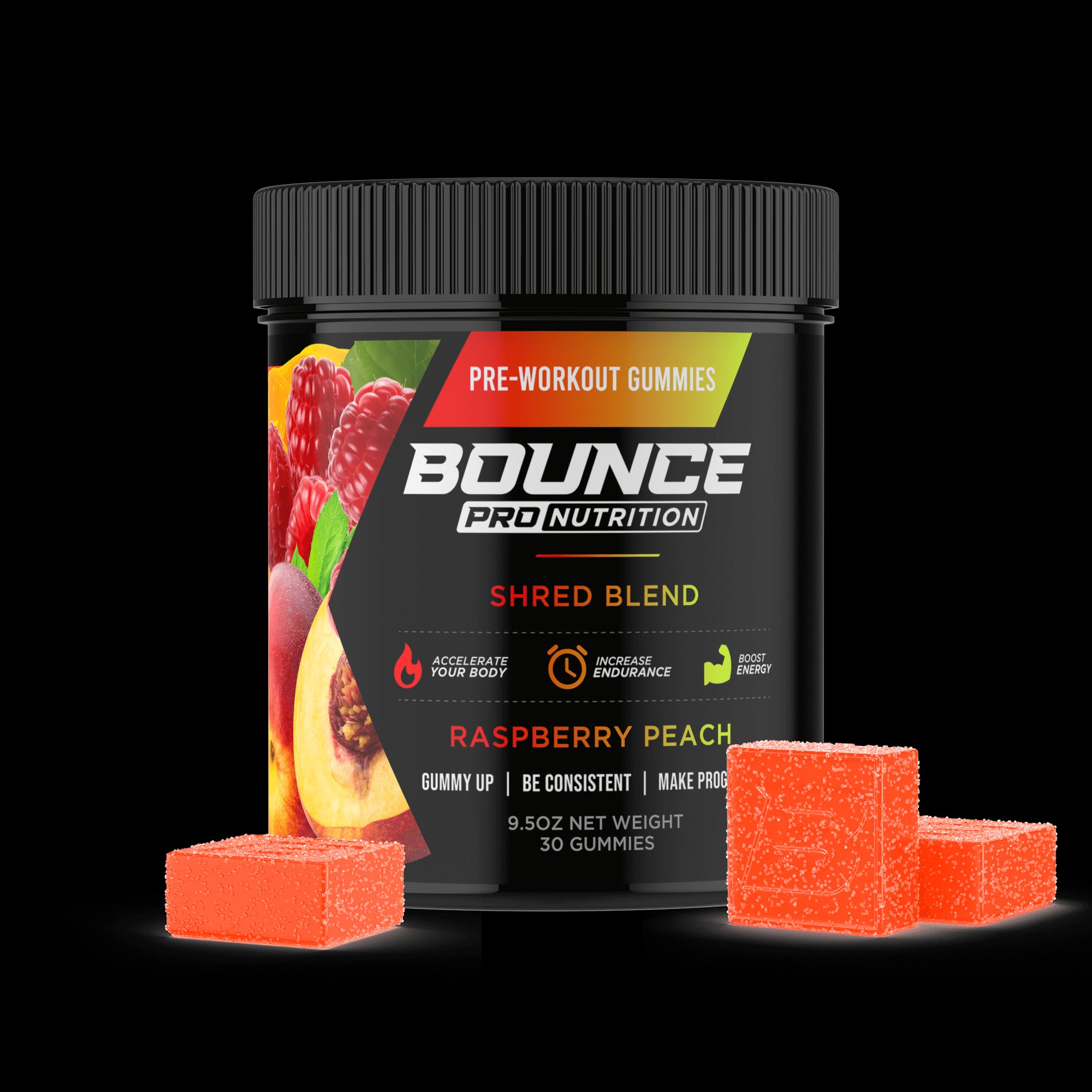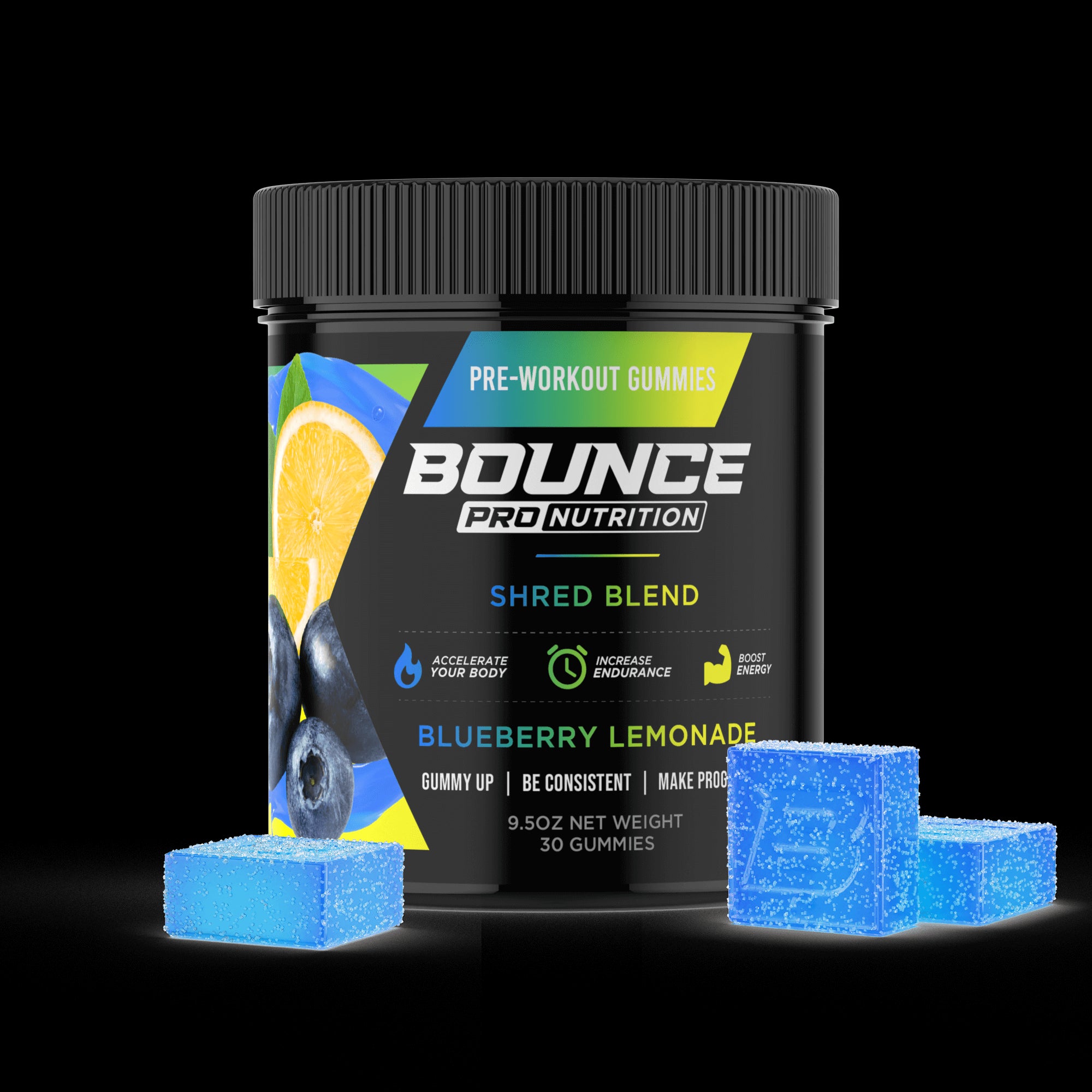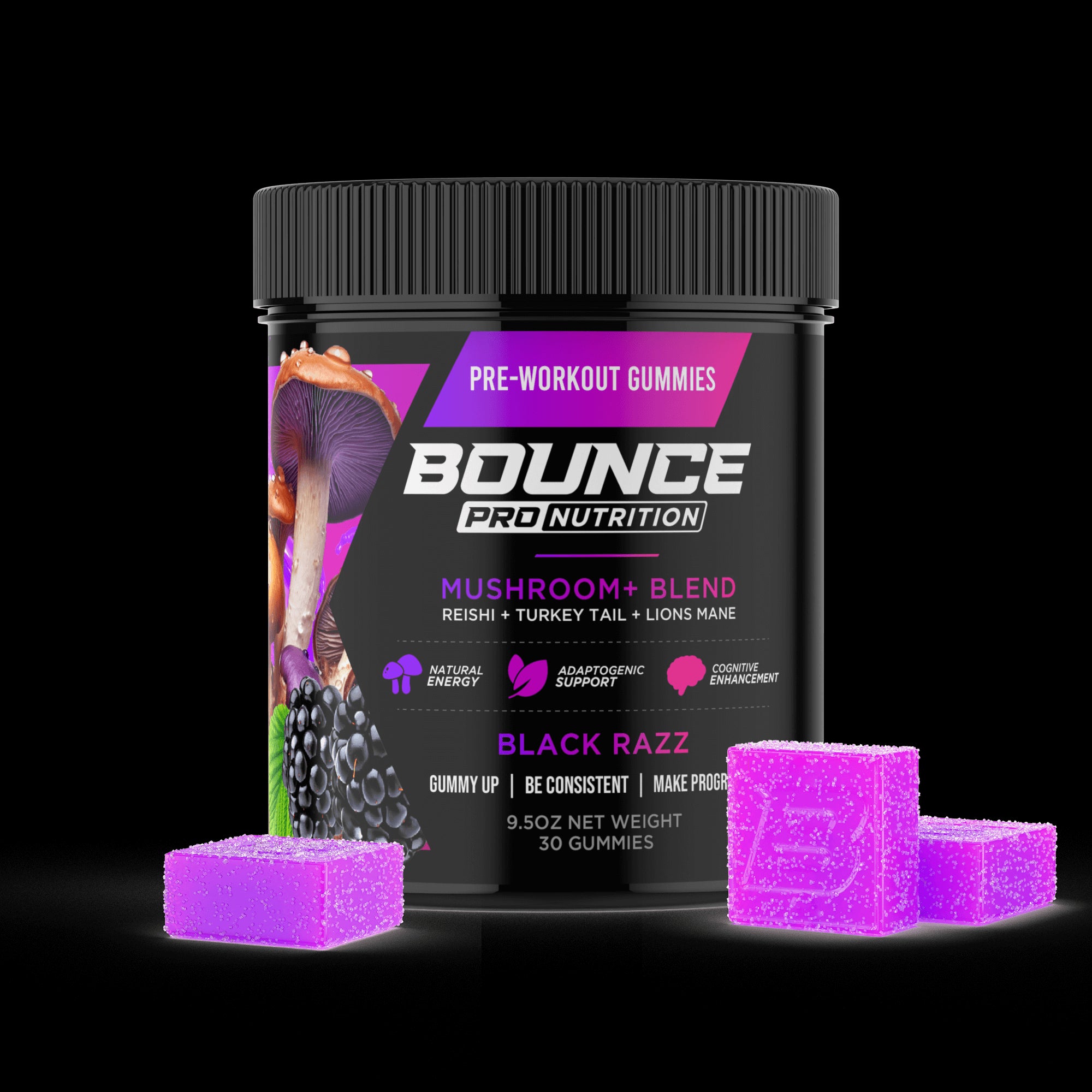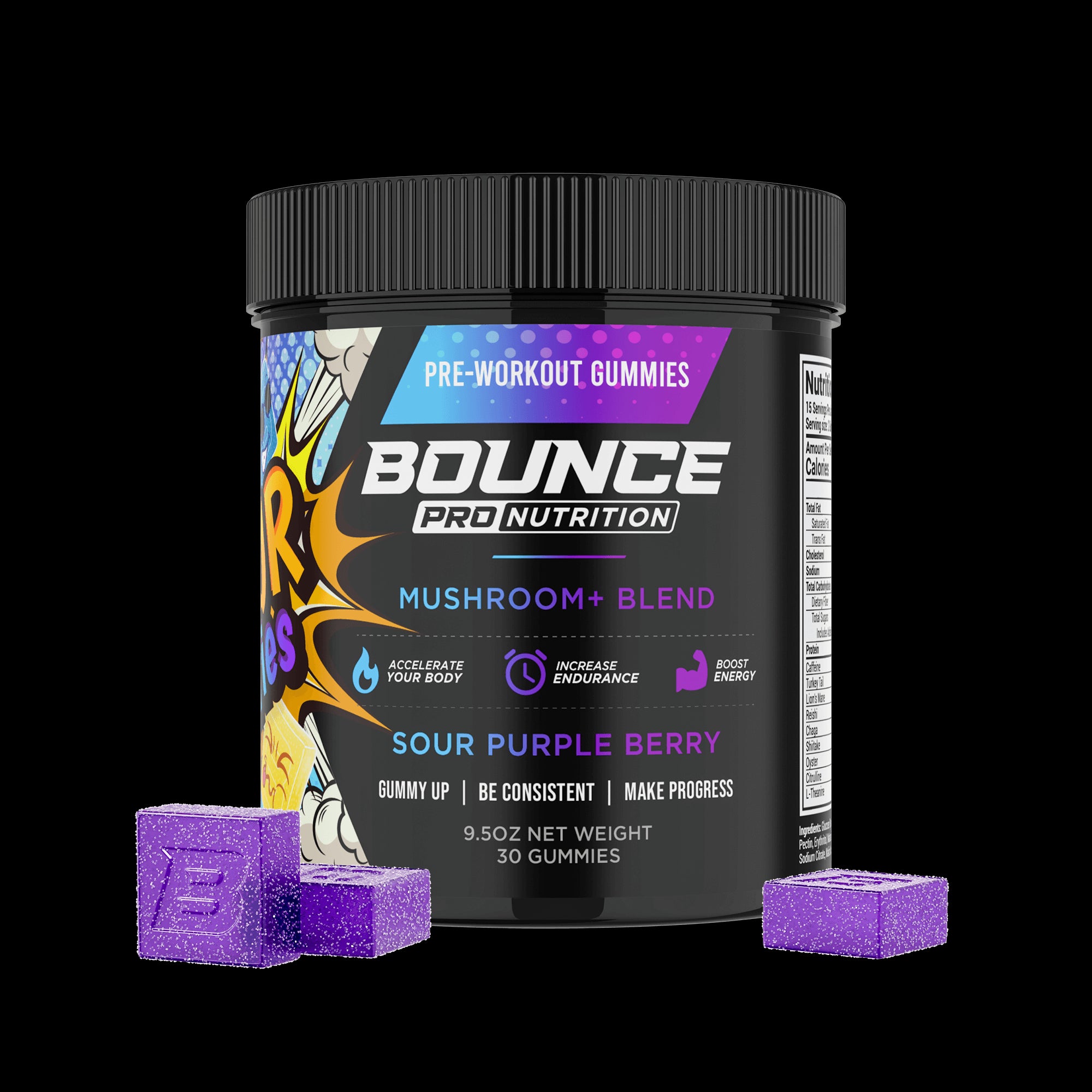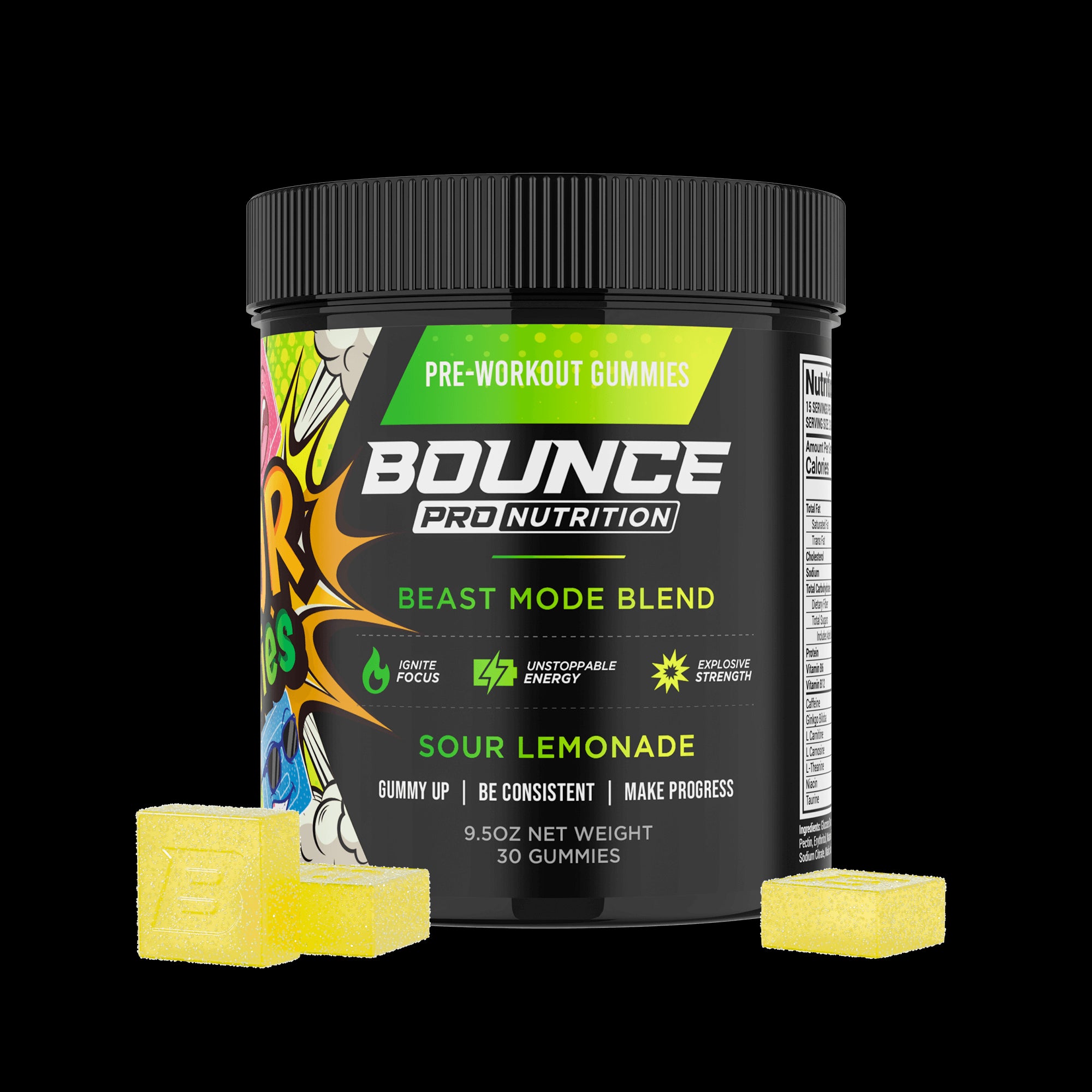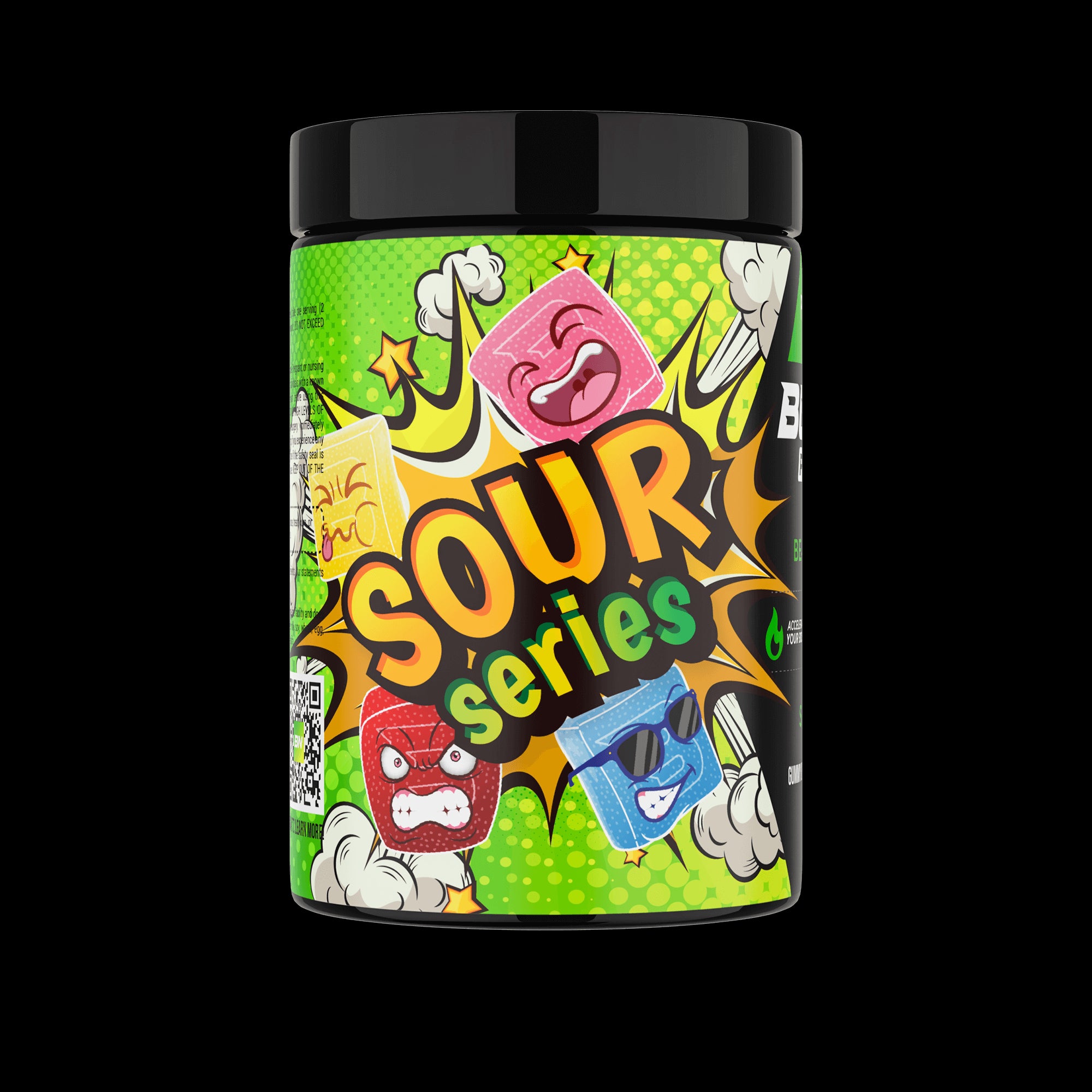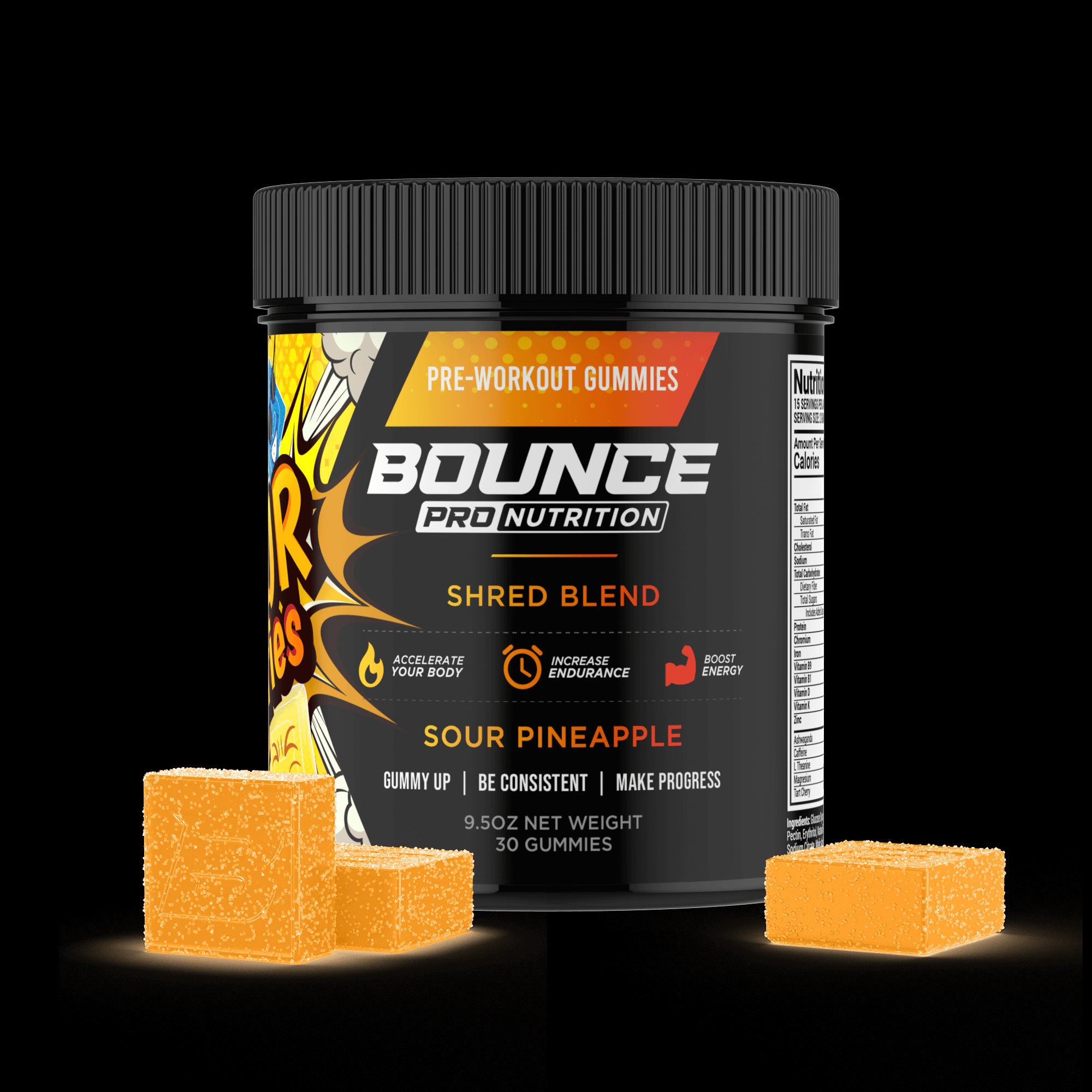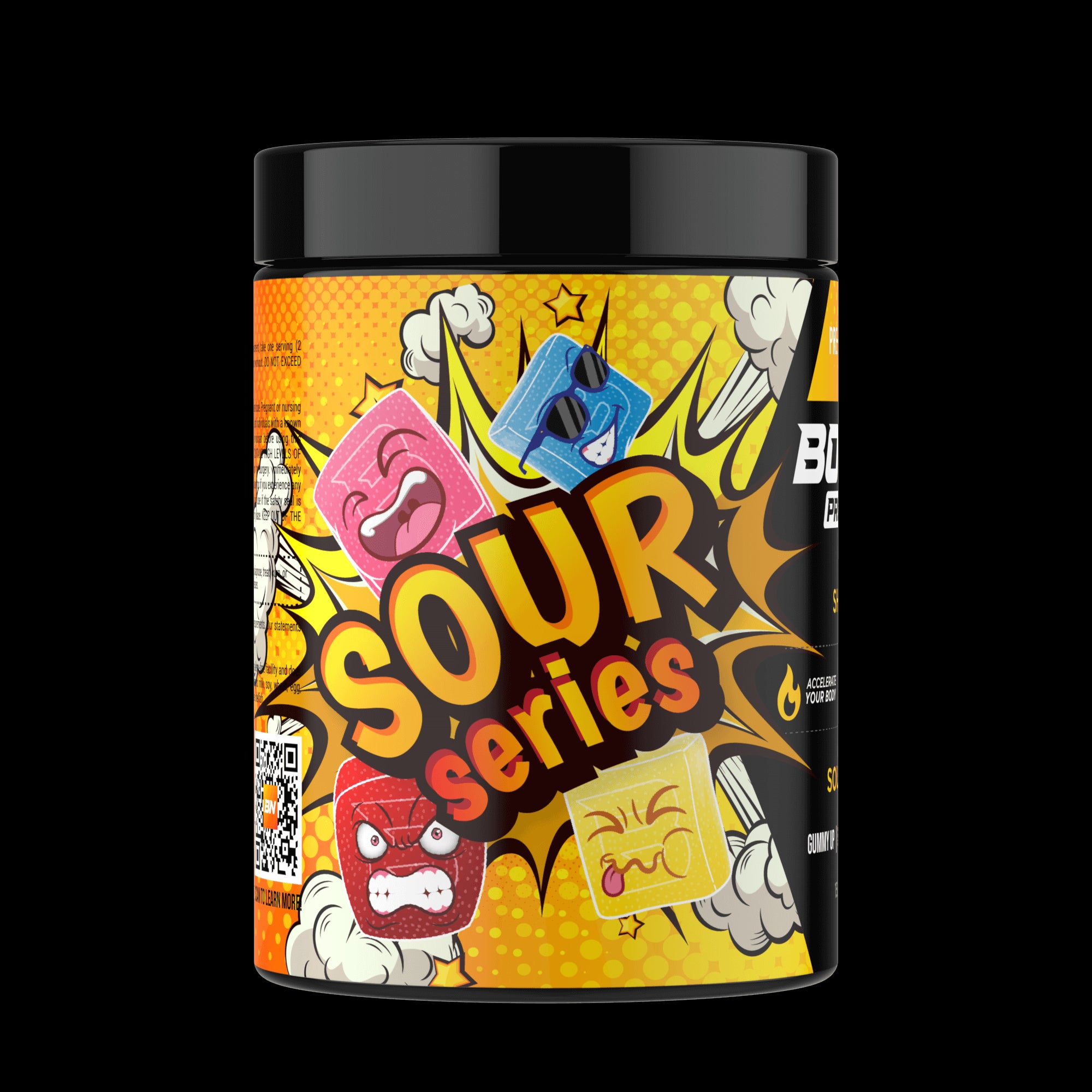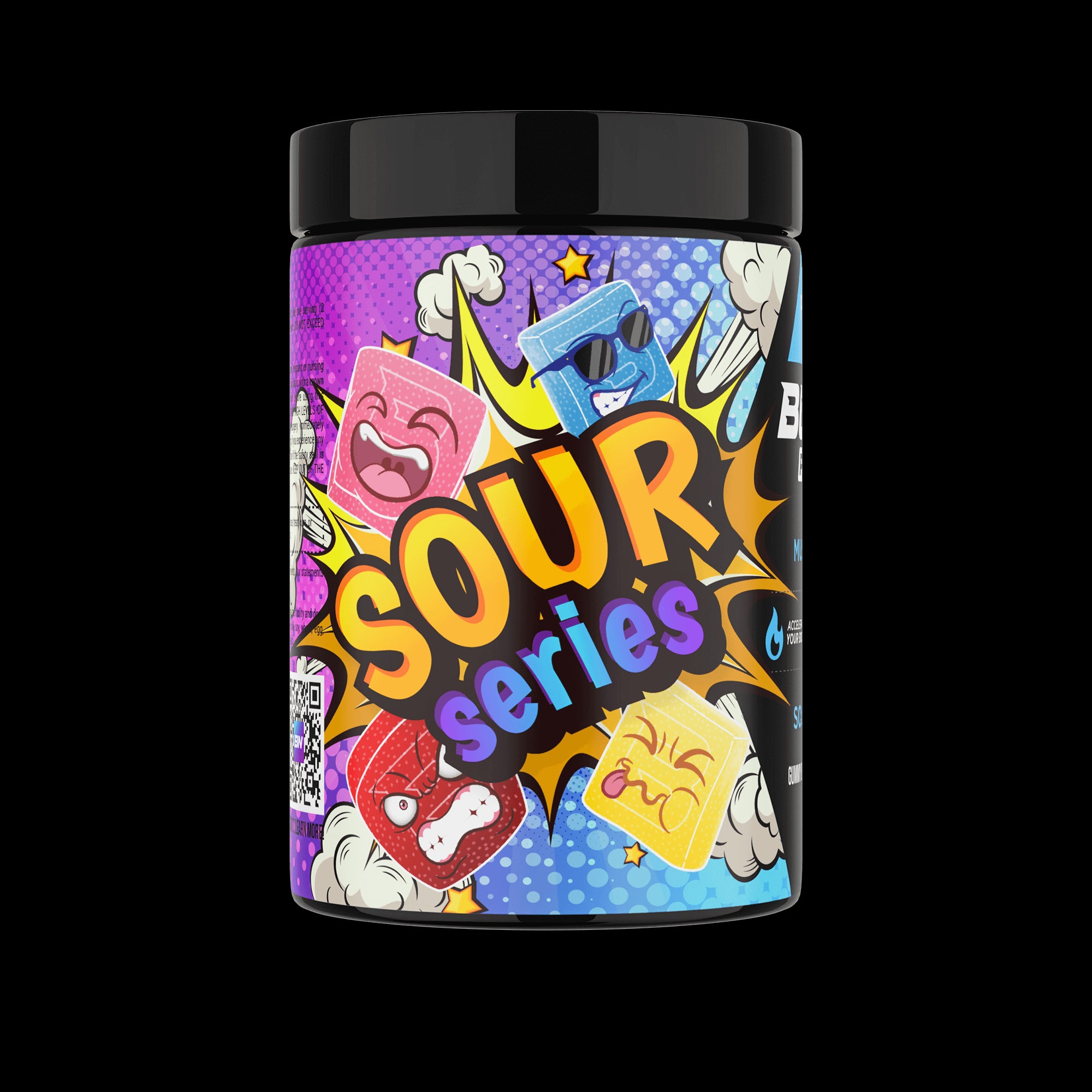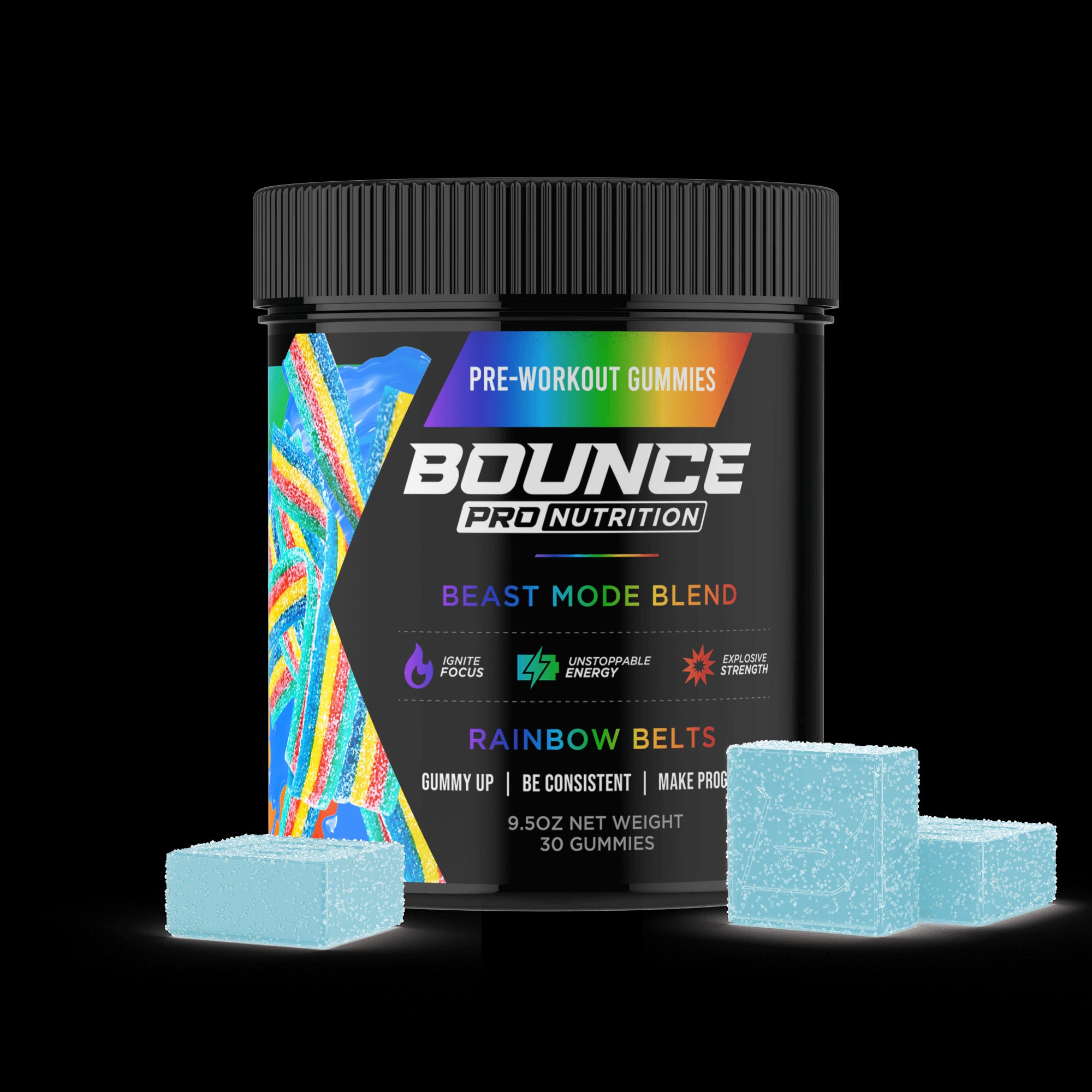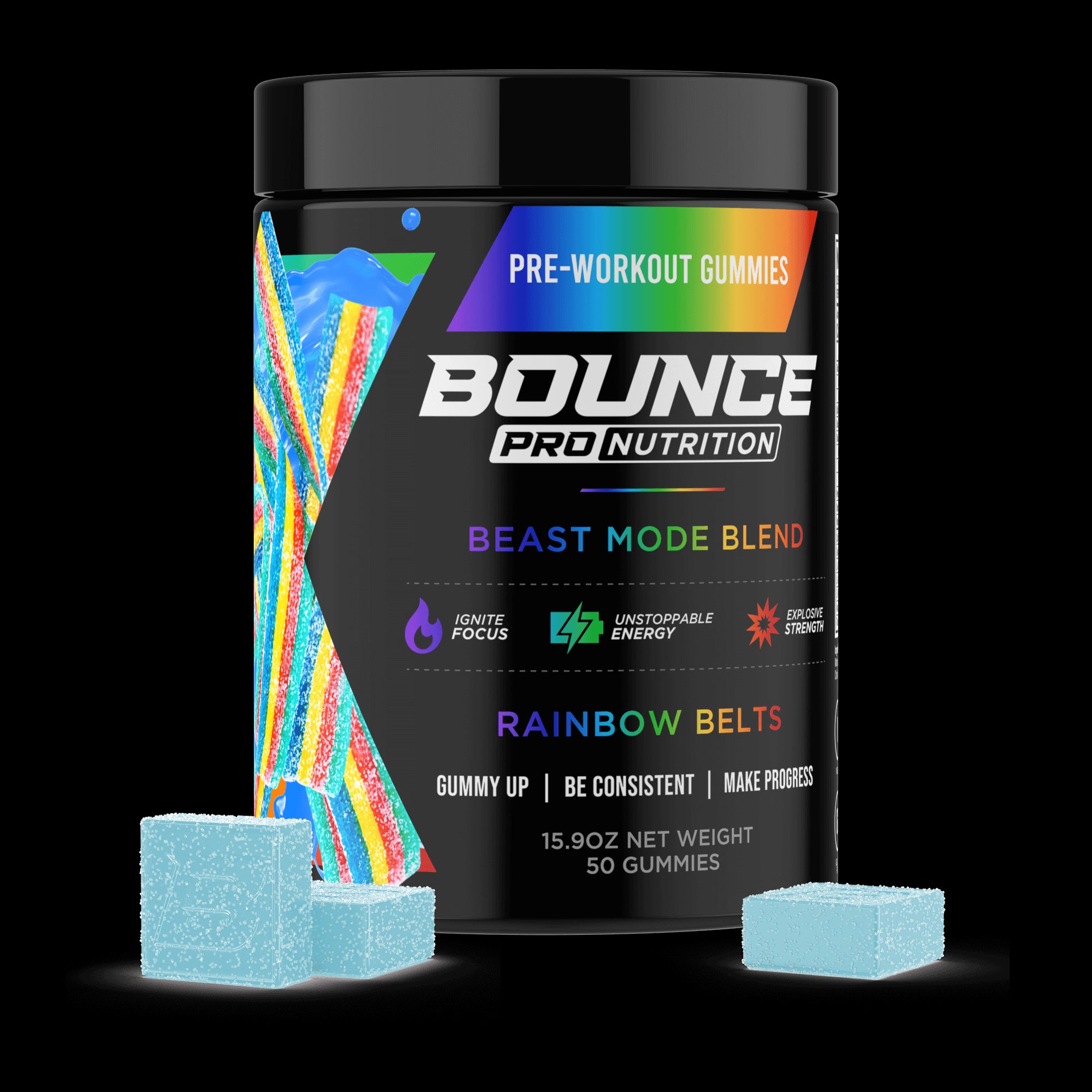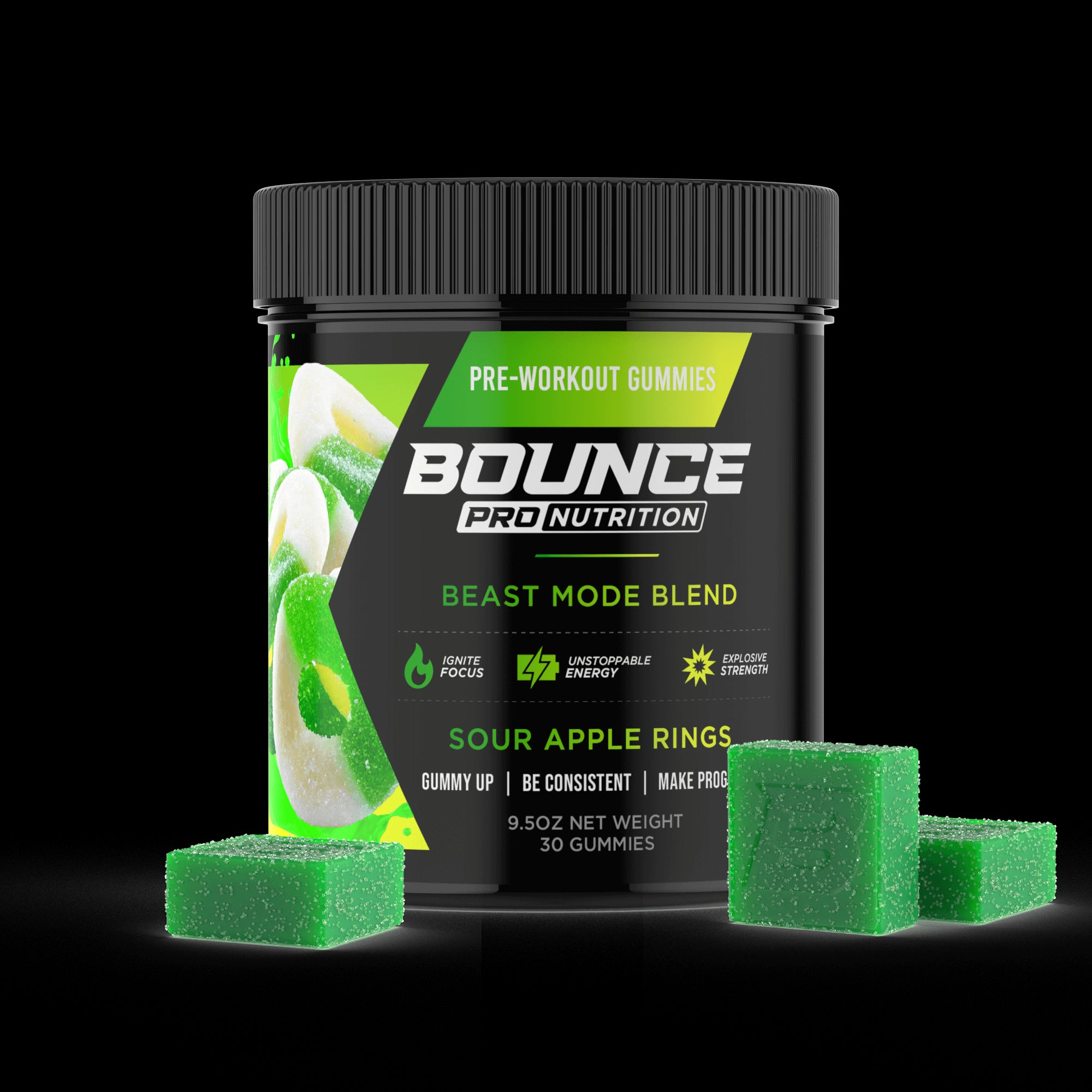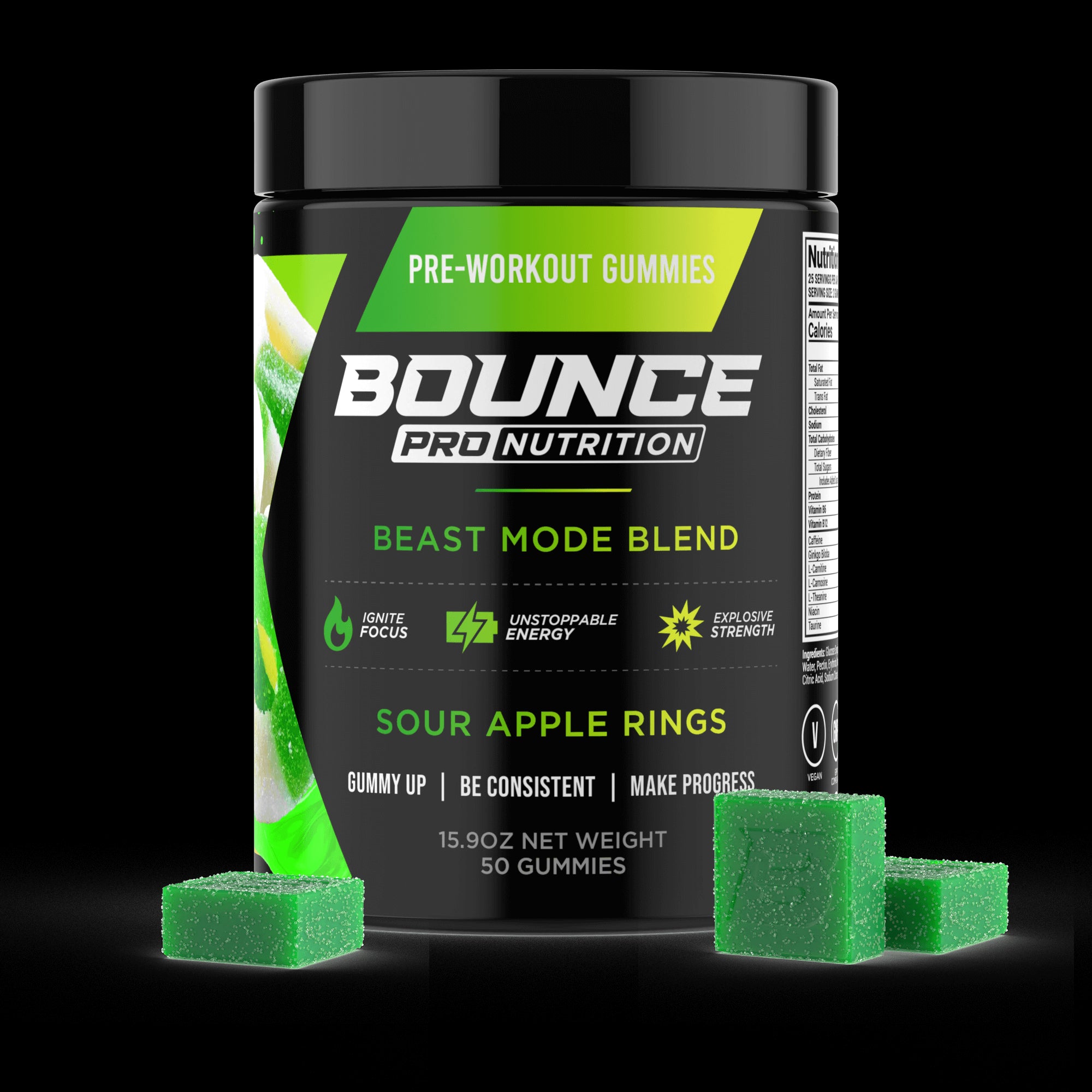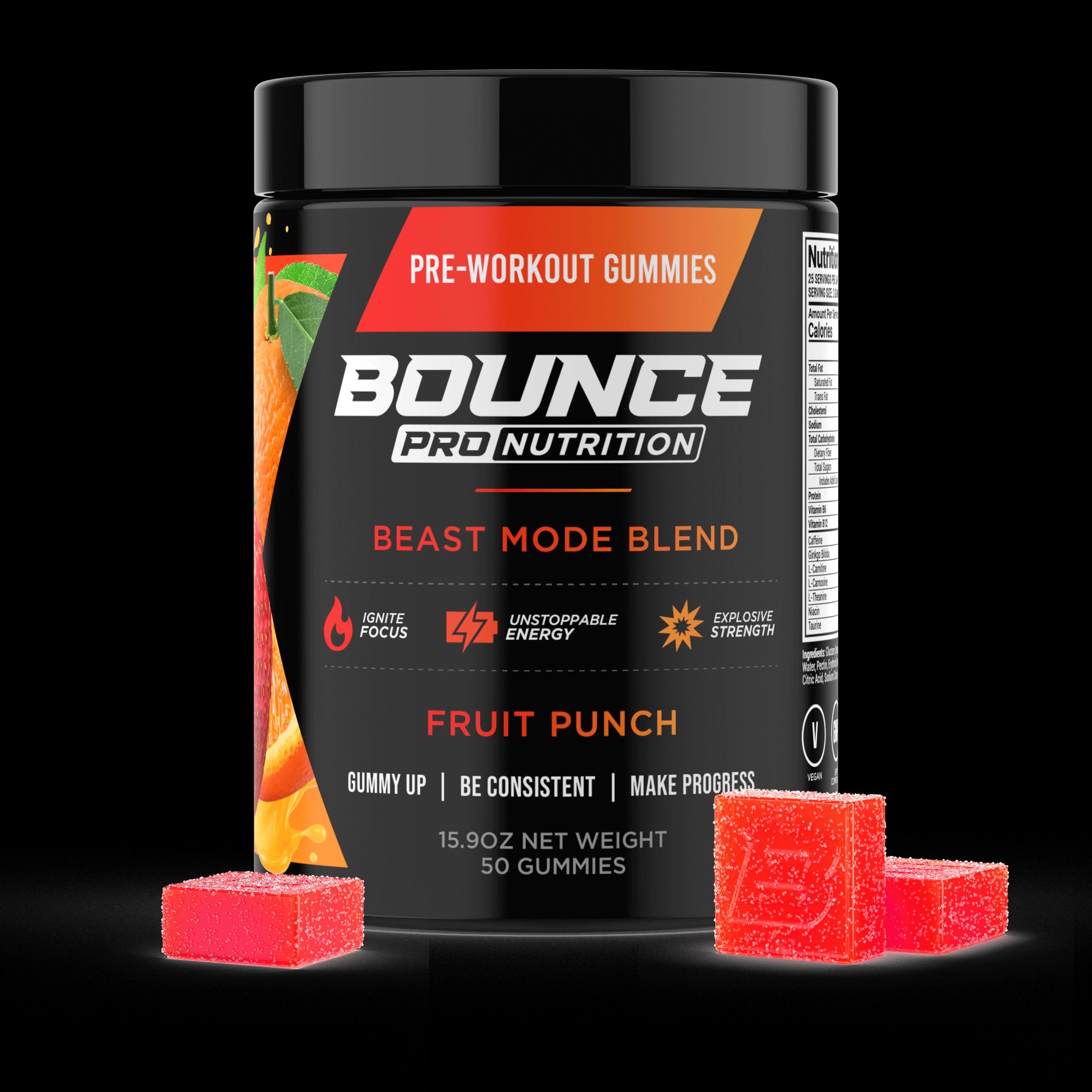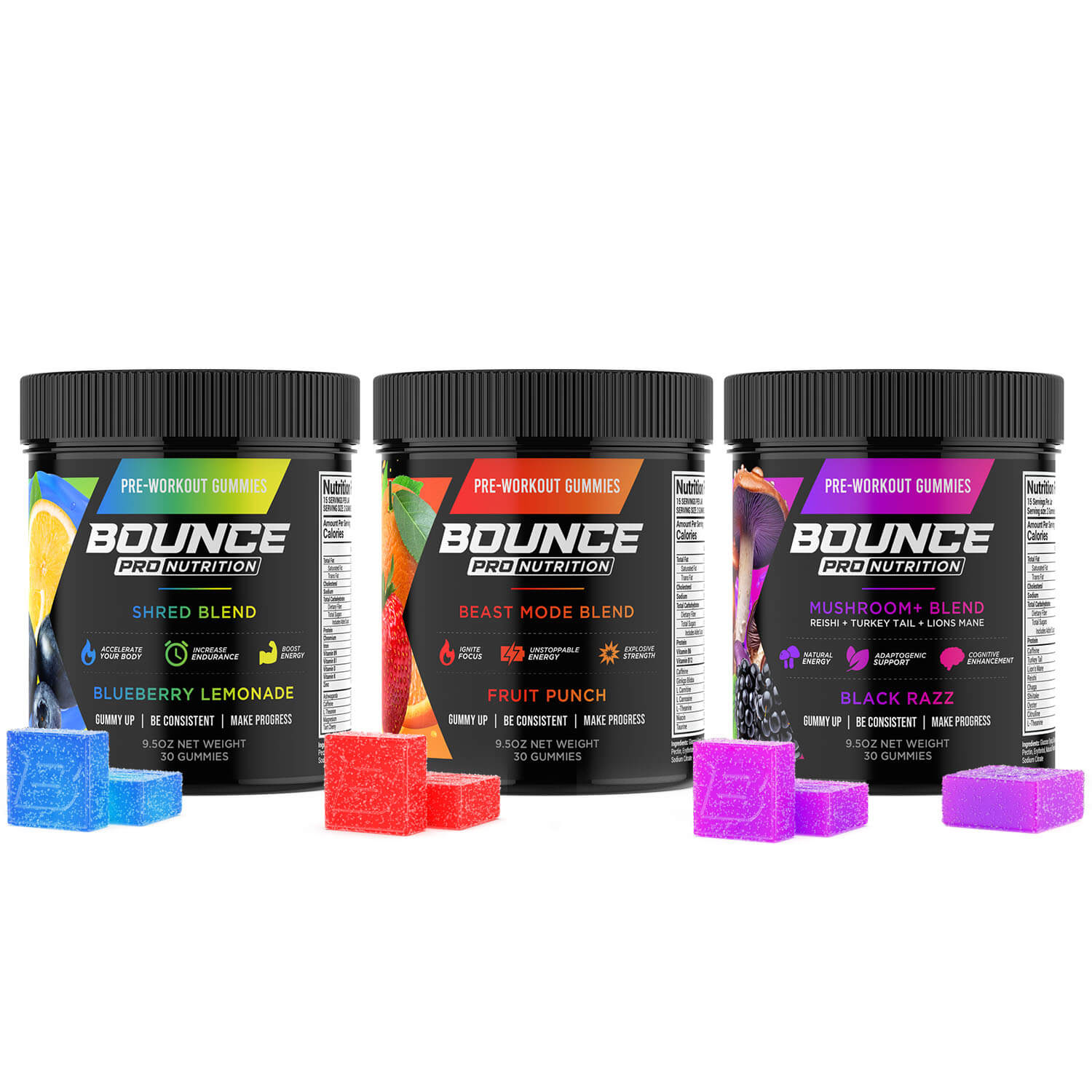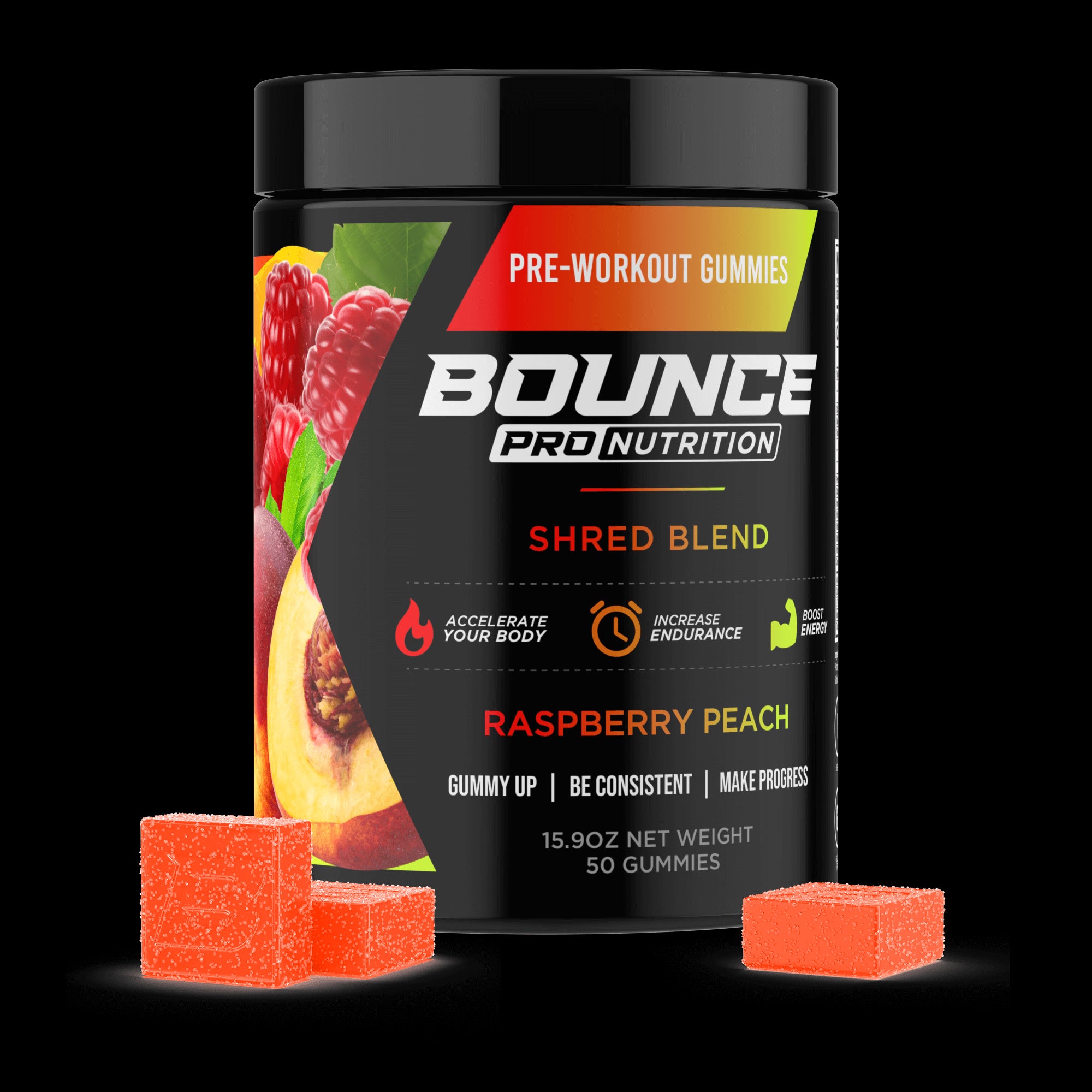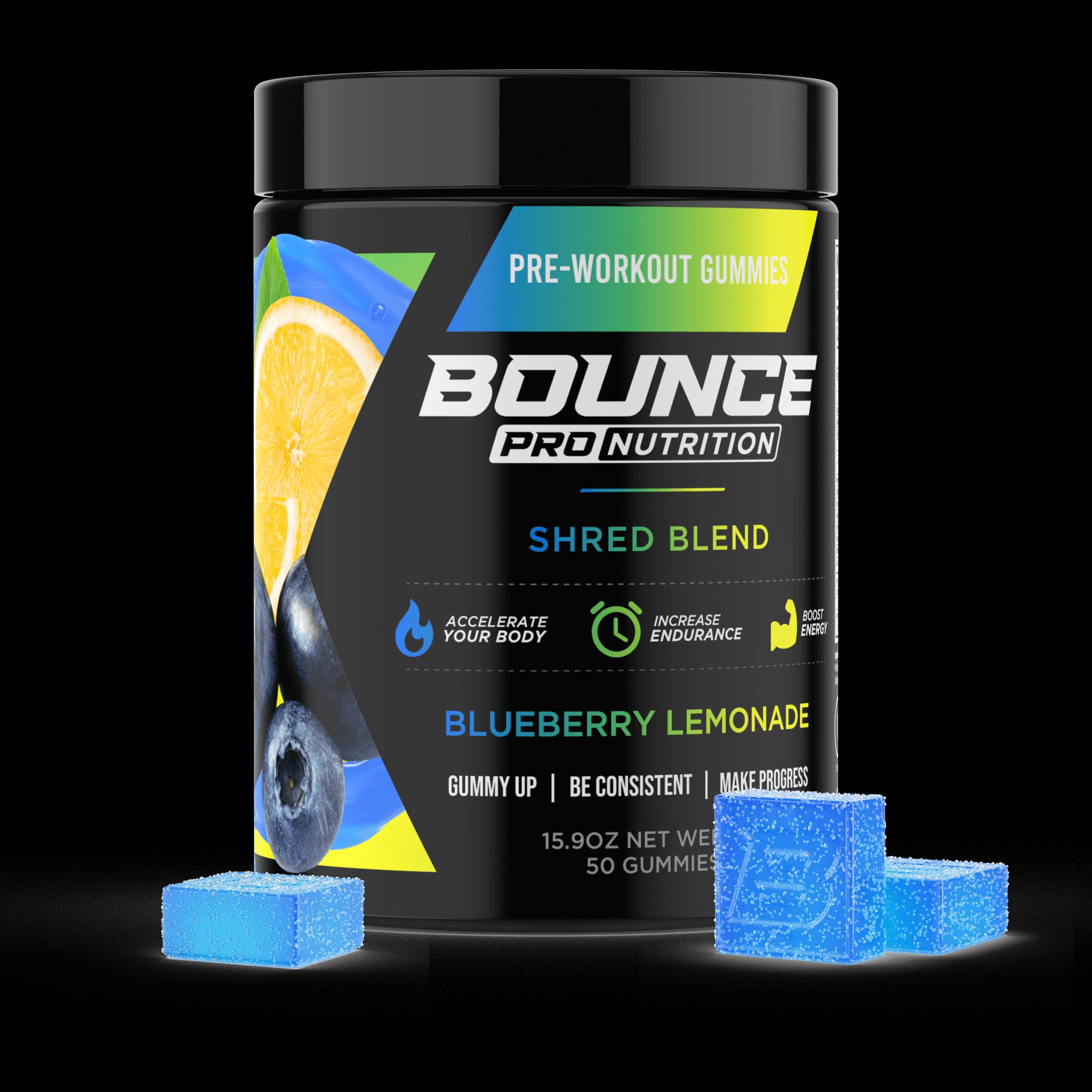An elegant dance of science and culinary artistry unfolds behind the closed doors of a manufacturing facility, transforming gritty, raw minerals into the vibrant, chewy supplements that have become a staple in modern wellness. It is a world where precision is paramount, and every step is a carefully choreographed move to ensure safety, efficacy, and enjoyability.
We often encounter the final product in its glossy, inviting form, a simple electrolyte gummy that promises hydration and replenishment, yet rarely do we consider the immense complexity of its creation. The journey from elemental dust to a delectable, functional food is a fascinating narrative of innovation, rigorous quality control, and a deep understanding of chemistry.
This is the story of turning the fundamental building blocks of our planet’s geology into a palatable, portable, and potent tool for our own biology. It’s a process far more intricate and compelling than one might ever imagine, blending the sterile environment of a laboratory with the creative spirit of a master confectioner.
TO BUY ELECTROLYTE GUMMIES CLICK HERE
What are Electrolyte Gummies?
At its core, an electrolyte gummy is a highly sophisticated and convenient delivery system for essential minerals, ingeniously packaged within a palatable, chewable confection. It represents a significant evolution in the world of dietary supplements, moving beyond traditional pills and powders to offer functionality in a form that is both accessible and genuinely enjoyable.
The primary purpose of these gummies is to replenish the body's stores of electrolytes—key minerals that carry an electric charge—which are crucial for a vast array of physiological functions. Instead of requiring users to mix messy powders into water or swallow large tablets, the gummy format provides a pre-measured, stable, and easily consumable dose of these vital nutrients.
This makes them an exceptionally practical solution for athletes needing mid-workout replenishment, travelers seeking to combat dehydration, or anyone looking for a simple way to support their daily hydration and wellness goals. They are, in essence, a bridge between nutritional science and modern consumer demand for convenience and pleasant user experience.
To fully grasp the function of the gummy, one must first appreciate the profound importance of the electrolytes they contain. Electrolytes are not just trendy wellness buzzwords; they are the fundamental conductors of life's electrical currents. These minerals, including sodium, potassium, magnesium, and calcium, become electrically charged ions when dissolved in our body's fluids. This electrical potential is what allows them to facilitate nerve impulses, command muscle contractions, and maintain the delicate fluid balance inside and outside of every cell in our body.
Sodium and potassium work in a delicate partnership to create the membrane potential that allows nerves to fire. Calcium acts as the direct messenger that tells a muscle to contract, while magnesium is essential for helping that same muscle to relax. When we sweat, we lose these crucial minerals, and this loss can disrupt the body's intricate signaling and fluid management systems, leading to symptoms like muscle cramps, fatigue, and dizziness.
An electrolyte gummy is designed to reintroduce these specific minerals back into the system to help restore that critical balance and support the continuation of these essential biological processes. The explosive growth in the popularity of electrolyte gummies over the past decade can be attributed to a perfect storm of shifting consumer priorities, advancements in food technology, and a broader cultural movement towards proactive, convenient wellness.
A decade ago, the electrolyte replacement landscape was largely dominated by high-sugar sports drinks that, while functional for elite athletes, were falling out of favor with a more health-conscious and label-savvy general public. Consumers began seeking out products with cleaner ingredient lists, lower sugar content, and greater portability. Concurrently, the rise of the "wellness culture" emphasized preventative health measures and a desire for supplements that fit seamlessly into a busy, on-the-go lifestyle. Electrolyte gummies emerged as the ideal solution.
They offered the targeted nutritional benefits of their predecessors but in a format that was infinitely more portable, discreet, and enjoyable to consume. This appeal was magnified by the parallel boom in endurance sports and fitness activities, where participants needed a practical, no-fuss way to fuel and hydrate mid-activity. The visual appeal, diverse flavor profiles, and snack-like nature of gummies de-mystified electrolyte supplementation, making it feel less clinical and more approachable for a wider audience beyond just hardcore athletes.
This broad appeal has naturally led to the development of a diverse and highly specialized market filled with different types and kinds of electrolyte gummies, each formulated to meet a specific need or dietary preference. The most significant divergence in types lies in the carbohydrate and sweetener source. "Performance" or "Energy" gummies are typically formulated with simple sugars like glucose, cane sugar, or tapioca syrup.
These serve the dual purpose of providing a pleasant taste while also delivering fast-absorbing carbohydrates that act as a quick source of fuel during intense exercise. In direct contrast, "Sugar-Free" or "Keto-Friendly" gummies have become immensely popular, catering to individuals on low-carbohydrate diets, those with diabetes, or consumers simply wishing to avoid added sugars. These products utilize alternative sweeteners such as natural, zero-calorie options like stevia and monk fruit, or sugar alcohols like erythritol and xylitol.
Beyond this, formulas vary in their specific mineral profiles. Some are high in sodium, designed for "salty sweaters" and endurance athletes, while others offer a more balanced profile with higher relative levels of potassium and magnesium for general wellness and recovery. Furthermore, many gummies are fortified with additional functional ingredients, creating even more specialized categories, such as those with added B-vitamins for energy metabolism, caffeine for a stimulant effect, or amino acids for enhanced muscle support.
How Electrolyte Gummies are Made/Crafted
The creation of an electrolyte gummy is a remarkable feat of food science, a multi-stage process that transforms raw, inert mineral powders into a stable, effective, and delicious final product. It is a journey that demands precision, expertise, and an unwavering commitment to quality at every step. This is not simply a matter of mixing ingredients in a bowl; it is a highly controlled industrial process that blends pharmaceutical-grade accuracy with the intricate techniques of confectionery manufacturing.
From the initial spark of an idea in a research and development lab to the final sealing of a bottle, each phase is meticulously planned and executed to ensure the end product is safe, consistent, and delivers on its promise. To truly understand the full ins and outs of production, we must pull back the curtain and examine this journey stage by stage, in all its scientific and mechanical complexity.
Stage 1: Formulation and Research & Development (R&D)
Everything begins as a concept in the minds of food scientists, nutritionists, and product developers. This R&D phase is the foundational blueprint for the entire process. The primary challenge is a delicate balancing act: creating a product that is nutritionally efficacious while also being highly palatable. The team must first decide on the product's purpose. Is it for elite athletes needing high sodium and quick carbs? Or is it a sugar-free wellness gummy for daily hydration? This decision dictates the entire formulation.
A critical choice is the selection of the mineral salts themselves. "Sodium" is not just added as table salt; developers choose from sources like sodium chloride or sodium citrate. "Magnesium" might be sourced as magnesium oxide, which is dense but has lower bioavailability, or magnesium citrate, which is more easily absorbed by the body but is bulkier. These choices impact not just the product's effectiveness but also its taste and texture, as some mineral salts have a more bitter or metallic taste than others. The R&D team conducts extensive taste trials to find the right combination and to develop a flavor profile that can effectively mask any unpleasant mineral notes.
Simultaneously, the structural components are selected. The gelling agent is paramount. Gelatin, derived from animal collagen, provides a classic, elastic chew. For a vegan product, pectin, a carbohydrate extracted from citrus peels, is the go-to alternative. However, working with pectin is far more complex than gelatin. Pectin requires a specific, narrow range of acidity (pH) and a precise concentration of sugar (or other solids) to gel properly.
The R&D team must formulate the recipe with the exact right amount of an acid, like citric acid or malic acid, to hit this pH target. They must also determine the sweetener system, balancing the sweetness levels and functional properties of ingredients like cane sugar, glucose syrup, tapioca syrup, or sugar-free alternatives like erythritol and stevia. Each ingredient is added to a master formula, specified down to a fraction of a gram, creating the official recipe that will be scaled up for mass production.
Stage 2: Raw Material Sourcing, Qualification, and Incoming Quality Control
Once the formula is finalized, the procurement team sources the raw materials. This is a critical control point. Reputable manufacturers do not simply order from the cheapest supplier. They engage in rigorous supplier qualification, vetting potential suppliers to ensure they meet stringent quality and safety standards. They will request documentation for each ingredient, including a Certificate of Analysis (CoA) from the supplier, which details the ingredient's purity, potency, and safety testing.
When a shipment of raw materials—be it a drum of potassium citrate, a pallet of pectin, or a tote of organic tapioca syrup—arrives at the manufacturing facility, it is immediately quarantined. It cannot be used in production until it has been cleared by the in-house Quality Control (QC) department. The QC team will sample the incoming material according to a scientifically valid sampling plan.
They then conduct a battery of tests to verify the supplier's CoA. This can include identity testing using methods like FTIR (Fourier-Transform Infrared Spectroscopy) to confirm the material is what it claims to be. They may also test for purity and look for potential contaminants. Only after the raw material has been tested and has passed all internal specifications is it released from quarantine and approved for use in production. This rigorous incoming QC process ensures that any potential problems are caught before they ever enter the product stream.
Stage 3: The Production Run - From Kitchen to Curing
With a finalized formula and QC-approved raw materials, the product is ready to be made. The production process is a symphony of precisely controlled steps.
-
Weighing and Staging: The process begins in a dedicated, climate-controlled weighing room. Production personnel, following a master manufacturing record (a detailed, step-by-step instruction manual for the specific batch), carefully weigh out the exact amounts of each raw material needed for the batch size. The ingredients are typically separated into groups or "stages". For example, the dry ingredients like pectin, mineral salts, and sugar might be weighed into one container, while the liquid ingredients like water, syrup, and glycerin are weighed into another. This staging process ensures accuracy and efficiency once the cooking begins.
-
Slurry Preparation and Cooking: The staged ingredients are then transferred to the "kitchen," the heart of the gummy manufacturing operation. Here, they are combined in a large, jacketed, stainless-steel cooking vessel. The order of addition is critical. Typically, the liquids are added first and heated. The dry ingredients, often pre-blended to prevent clumping, are then slowly mixed in using a high-shear mixer. The mixture, now called a slurry, is heated to a precise temperature, which can be upwards of 240°F (115°C). The cooking process serves to dissolve all solids, kill any potential microbes, and, most importantly, activate the gelling agent. The entire process is monitored by probes that measure temperature and by operators who use a refractometer to measure the "Brix," or total soluble solids content. Reaching the target Brix is essential for achieving the correct final texture.
-
Dosing of Actives, Flavors, and Colors: After the slurry has been fully cooked and has reached its target Brix, it is slightly cooled to a temperature that will not degrade the sensitive active ingredients. At this critical juncture, the pre-weighed active electrolyte blend is added. This is followed by the addition of the liquid flavorings, colorings (often from natural sources like fruit and vegetable concentrates), and the food-grade acid (like citric acid). The mixture is stirred thoroughly but carefully to ensure these final ingredients are homogeneously distributed throughout the entire batch without incorporating too much air. A failure in this mixing step can lead to "hot spots" in the final product, where some gummies have too many electrolytes and others have too few.
-
Depositing: The hot, finished liquid is then pumped from the kitchen to the depositor. In large-scale manufacturing, this is typically part of a "starch mogul" system. The mogul is a massive machine that fills shallow trays with food-grade corn starch, levels it, and then presses molds into the starch bed, creating thousands of gummy-shaped cavities. The depositor nozzles move over these starch trays, precisely injecting the exact same amount of liquid gummy into each cavity. The starch serves the dual purpose of holding the gummy's shape as it cools and absorbing a small amount of moisture from the surface, which helps a "skin" to form. Alternatively, some manufacturers use silicone molds, which are reusable and eliminate the need for starch, but the principle of depositing a precise liquid volume remains the same.
-
Curing (Stoving): The trays of filled molds are then carefully stacked and moved into a temperature- and humidity-controlled room for the curing or "stoving" process. This is not a passive cooling step; it is a critical, slow-drying phase that allows the gummy to achieve its final texture and stability. This can take anywhere from 24 to 72 hours. During this time, the gel structure fully sets and strengthens, and a controlled amount of moisture evaporates from the gummies. If this process is rushed, the gummies will be too soft and sticky. If it is too slow or the humidity is wrong, the texture will be off.
Stage 4: Finishing, Inspection, and Packaging
Once the electrolyte gummies have been fully cured, they are ready for the final finishing touches, as this done by:
-
Demolding and Cleaning: The trays are brought back to the mogul line, where they are inverted, and the gummies are gently tumbled out of their starch molds. The gummies then move along a conveyor system through a series of vibrating screens and air jets that gently remove any starch clinging to their surface.
-
Polishing or Sanding: To prevent the electrolyte gummies from sticking together in the final container and to give them an appealing finish, they are then conditioned. Most gummies are polished by being lightly tumbled in a large drum with a small amount of a polishing agent, such as a food-grade oil, carnauba wax, or beeswax. This gives them their characteristic shine. Alternatively, for a sour gummy, they would instead be tumbled in a sugar-and-acid mixture (like citric acid) for a "sanded" texture and tart flavor.
-
Final Quality Control and Packaging: Before packaging, the finished electrolyte gummies undergo one last round of QC inspection. They are visually inspected for defects in shape, color, or texture. Samples are also pulled from the finished batch and sent to the lab for final testing to confirm that the potency and safety profile match the specifications. Once cleared, the gummies are run through an automated weighing and counting machine that portions them into their final containers. The containers are sealed, labeled, and coded with a batch number and expiration date, making them fully traceable before they are cased up and sent to the warehouse for distribution.
Speaking of Packaging, What Options and Counts are There?
The packaging of electrolyte gummies is far more than a simple container; it is an integral part of the product's delivery system, designed to protect its integrity, ensure its safety, and cater to the specific lifestyle of its intended consumer. The choices made in packaging directly impact the product's shelf life, convenience, and even its perceived value. Manufacturers have developed a range of options, each with distinct materials, features, and counts, to serve a diverse market that ranges from the daily at-home user to the elite athlete on the move.
The most common and traditional packaging format is the rigid plastic bottle, typically made from High-Density Polyethylene (HDPE) or Polyethylene terephthalate (PET). These are the familiar bottles we see that’re lining supplement store shelves. HDPE is an opaque, robust plastic that provides excellent protection against moisture and light, which are two of the primary enemies of a stable gummy. PET is often used for transparent bottles (usually amber or blue-colored to provide some UV protection) that allow the consumer to see the product inside.
These bottles are almost always topped with a child-resistant cap (CRC) for safety and feature a crucial induction seal. This foil seal, which is bonded to the lip of the bottle using an electromagnetic field after filling, provides a tamper-evident, airtight barrier that protects the electrolyte gummies from moisture and oxygen until the consumer opens it for the first time. Bottles are ideal for bulk counts, typically ranging from 60 to 180 gummies, making them the most economical and environmentally friendly option for individuals who use the product regularly at home.
For consumers who prioritize portability and on-the-go convenience, flexible packaging formats are the preferred choice. The resealable stand-up pouch has become exceedingly popular. These pouches are constructed from multi-layered films that often include a layer of aluminum or metalized polymer to provide an excellent barrier against light, moisture, and oxygen.
They are lightweight, durable, and their resealable zipper closure allows for easy access while maintaining the freshness of the remaining gummies. Pouch counts are often intermediate, ranging from 30 to 90 gummies, making them a great option for travel, keeping them in a desk drawer at work, or for those who want a month's supply without committing to a large bottle.
The pinnacle of convenience and portability is the single-serving packet or "stick pack." These small, individual sachets are designed to hold one full serving of gummies, typically between two and four. They are hermetically sealed, providing the ultimate protection for each dose until the moment of consumption. This ensures that every gummy is as fresh as the day it was made and eliminates any risk of the gummies clumping or sticking together. These packets are the go-to choice for athletes who need to carry electrolytes during a race or a long training session.
They can be easily stashed in a running belt, cycling jersey pocket, or gym bag without adding any significant weight or bulk. While they are the most expensive option on a per-gummy basis due to the higher amount of packaging material and processing involved, their unparalleled convenience for specific use cases makes them an indispensable part of a product line. The counts for these are usually sold in boxes containing anywhere from 10 to 30 individual packets.
Now, are There Right and Wrong Ways Pertaining to the Production Process?
In the manufacturing of any product designed for human consumption, a fundamental truth exists and that is this: not all processes are created equal. This is profoundly the case in the world of dietary supplements, including electrolyte gummies. While two bottles on a shelf or online may appear nearly identical, the journey each took to get there can represent a stark dichotomy between diligence and negligence.
The distinction between the "right way" and the "wrong way" is not a subtle nuance; it is a critical chasm that separates a culture of quality, safety, and transparency from one of shortcuts, opacity, and risk. This divergence happens at every stage of production, from the initial conceptualization of the formula to the final testing of the finished good. Understanding these differences is what empowers a consumer to look beyond the marketing and truly assess the integrity of a product.
At the Stage of Formulation and Ingredient Sourcing
The "right way" begins long before the first gummy is ever cooked. It starts with a deep commitment to scientific and nutritional principles. A reputable manufacturer employs qualified food scientists and nutritionists to formulate the product. They make deliberate choices based on efficacy, not just cost. For example, when selecting a form of magnesium, they will opt for a highly bioavailable version like magnesium citrate or glycinate, which the body can easily absorb, even though a cheaper and less bioavailable form like magnesium oxide would allow them to hit a target milligram count for less money.
They will choose to color their electrolyte gummies with natural fruit and vegetable juices and flavor them with natural extracts, avoiding cheaper, synthetic FD&C colors and artificial flavors that many health-conscious consumers seek to avoid. Furthermore, the "right way" involves establishing a robust supplier qualification program. This means they don't just buy ingredients; they audit their suppliers, review their manufacturing practices, and demand comprehensive documentation to ensure a consistent and clean supply chain.
The "wrong way," conversely, is often rooted in a "reverse-engineering" mindset focused purely on profit margin. A less scrupulous company might see a popular gummy on the market and task their team with creating the cheapest possible imitation. This leads to decisions based on cost above all else. They will intentionally choose the less effective mineral salts because they are cheaper and less bulky. They will use artificial colors like FD&C Red No. 40 and synthetic flavors because they are vibrant and inexpensive.
Their sourcing strategy is simply to find the lowest-cost provider for each ingredient, often from overseas suppliers with little to no vetting or qualification process. This practice dramatically increases the risk of receiving raw materials that are contaminated, diluted, or even entirely fraudulent, introducing a significant element of danger before the first ingredient is even weighed.
During Incoming Raw Material Quality Control
The "right way" treats the facility's loading dock as a critical control point and a firewall against substandard ingredients. When a shipment of raw materials arrives—be it a drum of pectin or a pallet of sodium citrate—it is immediately placed under quarantine. It is not permitted to enter the main production area. The Quality Control (QC) department then samples the material according to a scientifically valid plan and performs a battery of identity, purity, and safety tests.
A crucial step is identity verification using advanced methods like FTIR, which again, creates a unique molecular "fingerprint" of the substance to confirm it is exactly what it's supposed to be. They will also test for contaminants that may have come from the source, such as heavy metals or microbial life. Only after the material has passed this rigorous inspection is it released from quarantine and approved for use.
The "wrong way" bypasses this entire firewall. To save time and the significant expense of running an in-house lab, a manufacturer might engage in "skip-lot testing," where they only test, for instance, one out of every ten batches of an incoming ingredient. Worse still, many will perform no incoming testing at all, opting instead to blindly trust the Certificate of Analysis (CoA) provided by the supplier. This is an enormous gamble, as a supplier's CoA can be incomplete, inaccurate, or, in the worst cases, deliberately falsified to hide a quality issue. This failure to verify means that a contaminated or incorrect ingredient can be introduced directly into the production stream, compromising the safety and integrity of the entire batch before it's even made.
Throughout the Core Manufacturing and Production Steps
In the kitchen and on the production floor, the "right way" is defined by discipline and adherence to Current Good Manufacturing Practices (cGMPs). Every single step is dictated by a detailed Master Manufacturing Record (MMR) that has been previously validated to produce a consistent product. All equipment, from the scales in the weighing room to the cooker in the kitchen, is regularly cleaned, maintained, and calibrated to ensure accuracy. The most critical part of this stage is the mixing process.
A high-quality manufacturer uses sophisticated blending equipment and allows for a scientifically determined amount of mixing time to ensure the active ingredients, especially the potent electrolytes, are perfectly and homogeneously distributed throughout the liquid gummy slurry. This is essential for dose uniformity.
The "wrong way" in this phase is marked by a lack of process control. Operators might deviate from the official recipe, substituting ingredients or altering cook times to speed up production. Scales may not be calibrated, leading to inaccurate measurements and a final product that doesn't match the formula. The most dangerous shortcut is rushing the mixing stage. Insufficient blending of the active ingredients into the viscous slurry leads to the single greatest risk in gummy manufacturing: a non-homogenous batch.
This means that when the gummies are deposited, some may contain dangerously high concentrations of electrolytes ("hot spots"), while others in the very same bottle may contain virtually none. This lack of uniformity makes the product not only ineffective but potentially unsafe, and it is a direct result of prioritizing speed over quality.
In the Final Stages of Testing and Record-Keeping
The "right way" dictates that a manufacturer's responsibility does not end when the gummy is formed. A finished sample from every single completed batch must be sent for final testing at an independent, third-party laboratory. This testing verifies the potency (that the electrolyte levels match the label), checks for microbial contamination (like E. coli and Salmonella), and confirms that heavy metal levels are below established safety limits.
True transparency, a hallmark of a reputable brand, means making these final lab reports readily available to consumers, often via a QR code on the bottle. Furthermore, a robust traceability system is implemented, where every bottle is marked with a unique batch or lot number. This ensures that if a problem is ever discovered, the entire affected batch can be quickly and effectively recalled from the market.
The "wrong way" is to treat the finished product as a black box. A manufacturer cutting corners will skip finished-product testing entirely, assuming their inputs were correct and therefore the output must be as well. Some may engage in the deceptive practice of "marketing-driven testing," where they produce one perfect, "golden" batch, test it, and then use that single positive lab result in their marketing for all subsequent, untested batches.
They will be unable or unwilling to provide a batch-specific CoA to a consumer who asks for it. This lack of final verification and traceability means that if there is a problem with potency or contamination, the company may not even be aware of it, and consumers are left with a potentially dangerous product on their shelves. Ultimately, the "right way" is a systematic investment in quality that protects the consumer, while the "wrong way" is a calculated gamble where the consumer's health and trust are the currency at stake.
So, What Exactly Makes Electrolyte Gummies a Compliant Supplement?
Here in the United States, the regulatory landscape for dietary supplements, including electrolyte gummies, is fundamentally different from that of pharmaceutical drugs. Understanding this distinction is key to understanding what "compliant" truly means. The primary framework governing supplements is the Dietary Supplement Health and Education Act of 1994 (DSHEA). Under DSHEA, the Food and Drug Administration (FDA) regulates dietary supplements as a category of food, not as drugs.
This means that manufacturers do not need to seek pre-market approval from the FDA before selling their products, as drug manufacturers do. However, this does not mean the industry is unregulated. The responsibility for ensuring a product's safety and the veracity of its claims falls squarely on the manufacturer. A compliant electrolyte gummy is one that is manufactured, labeled, and marketed in accordance with all the regulations set forth by the FDA under DSHEA.
The most critical component of compliance is adherence to the cGMPs for dietary supplements, as detailed in Title 21 of the Code of Federal Regulations, Part 111 (21 CFR Part 111). These are not optional guidelines; they are the law. A compliant manufacturer must establish and follow cGMPs for every aspect of their operation. This includes regulations for personnel (qualifications and hygiene), the physical plant (cleanliness, sanitation, water quality, proper design to prevent contamination), equipment (calibrated and maintained), and the entire production and process control system.
A cornerstone of cGMP is record-keeping. A compliant facility must maintain extensive written records for everything: master manufacturing records (the recipe), batch production records (the diary of how each specific batch was made), raw material testing, finished product testing, consumer complaints, and more. These records must be maintained for years and be available for FDA inspectors upon request. An FDA inspection of a manufacturing facility is essentially an audit of its compliance with cGMPs.
Labeling and marketing claims are another major area of compliance. The label of an electrolyte gummy must be truthful and not misleading. It must contain specific, required elements, including a statement of identity ("Electrolyte Gummy"), the net quantity of contents, a "Supplement Facts" panel, and the name and place of business of the manufacturer or distributor.
The Supplement Facts panel must accurately list all active dietary ingredients (sodium, potassium, etc.) and their amount per serving. Crucially, under DSHEA, a manufacturer can make what are known as "structure/function" claims. These are claims that describe the role of a nutrient in affecting the normal structure or function of the human body, for example, "helps support hydration" or "supports normal muscle function." However, it is illegal to make a "disease claim"—a claim that the product can diagnose, treat, cure, or prevent any disease.
For instance, a compliant label cannot say it "prevents heat stroke." If a structure/function claim is made, the label must also bear the mandatory disclaimer: "This statement has not been evaluated by the Food and Drug Administration. This product is not intended to diagnose, treat, cure, or prevent any disease". A compliant supplement is one that navigates these claim regulations carefully and truthfully, ensuring the consumer is not misled about its intended purpose.
What an Electrolyte Gummies Lab Report Should Also Read
In an era where consumers are more empowered and inquisitive than ever, the demand for transparency from supplement brands has rightfully surged. The single most powerful tool for providing this transparency is the lab report, formally known as a Certificate of Analysis (CoA). This document, generated by an independent, third-party laboratory, serves as an unbiased scientific report card for a specific batch of a product.
It allows a consumer to look past the marketing claims on the bottle and verify the product's quality, potency, and safety with cold, hard data. Basically, a company that readily provides clear, detailed, and batch-specific CoAs is demonstrating a profound respect for its customers and a deep-seated confidence in its production processes.
However, a CoA can be an intimidating document, filled with scientific terms, acronyms, and units of measurement. So, learning to read and understand its key components is what transforms a consumer from a passive buyer into an informed advocate for their own health & wellness. A thorough and trustworthy CoA for electrolyte gummies will be meticulously detailed, covering several critical areas of analysis.
First, Verify the Document's Identity
Before even looking at the test results, it's crucial to examine the header of the CoA. This section should contain basic but vital information that links the report to the product in your hand. Look for a Batch Number or Lot Number. This unique code should match the number printed on your bottle of electrolyte gummies.
If the CoA provided by a company is generic and has no batch number, it is a significant red flag, as it cannot be proven to represent the specific product you are consuming. The header will also include the name of the manufacturer who ordered the test, the name of the independent laboratory that performed it, and the date the report was issued. This initial information establishes the document's authenticity and relevance to your purchase.
Potency Analysis: Verifying the Promise
This is the heart of the CoA and the section that speaks most directly to the product's primary function. The potency analysis, often labeled as "Assay" or "Cannabinoid Profile & Potency" on reports for other types of gummies (but should read as "Dietary Ingredient Assay" or similar for electrolytes), answers the most fundamental question: "Does this product contain the amount of active ingredients that the label claims?" This panel will list the key electrolytes—such as Sodium, Potassium, Magnesium, and Calcium—and provide a quantitative result for each one. To break it down a bit further:
-
What It Is: The lab uses sophisticated analytical chemistry techniques like Inductively Coupled Plasma (ICP) spectroscopy to precisely measure the concentration of each mineral in the gummies.
-
Why It's Important: This test is the ultimate proof of an honest label and a well-controlled manufacturing process. If the results here are accurate, it indicates that the manufacturer's formulation, weighing, and mixing procedures are precise and effective.
-
How to Interpret It: The results are typically displayed in milligrams (mg) per gummy or milligrams (mg) per suggested serving. A high-quality product will show results that are very close to the label claim. Due to the inherent variability of working with a food-based product, a small variance of +/- 10% is generally considered acceptable within the industry. For example, if the bottle claims 100mg of sodium per serving, a CoA result between 90mg and 110mg is a strong sign of a quality product. A result that is significantly lower means the product is under-dosed and ineffective, while a result that is significantly higher could indicate poor process control.
Microbiological Analysis: The Non-Negotiable Safety Check
This section of the CoA is a direct reflection of the cleanliness and sanitation of the manufacturing facility. Because gummies are a food product, they are susceptible to contamination by microorganisms if not produced under strict hygienic conditions. This panel tests for harmful pathogens and gives a general sense of the product's microbial load. To break it down a bit further:
-
What It Is: This analysis involves culturing samples of the product to see if any bacteria, yeast, or molds will grow. It specifically looks for dangerous pathogens and measures the overall microbial population. Key tests include:
-
Salmonella & E. coli: Two of the most notorious foodborne pathogens that can cause severe illness.
-
Total Aerobic Plate Count (APC): Measures the total number of common, viable bacteria.
-
Total Yeast & Mold (TYM): Measures the total number of fungal organisms.
-
Why It's Important: This is a non-negotiable safety parameter. The presence of pathogens like Salmonella indicates a serious failure in sanitation. High overall counts of yeast and mold can suggest that the product was made in an unclean environment or that it may have a short shelf life and be prone to spoilage.
-
How to Interpret It: The interpretation here is very straightforward. For Salmonella and E. coli, the result must always be "Not Detected," "Absent," or "Negative." There is no safe limit for these pathogens. For APC and TYM, the results are typically given in Colony-Forming Units per gram (CFU/g). The CoA will list a specification or limit (e.g., <1,000 CFU/g), and the result should be well below this threshold. A result of "<10 CFU/g" is excellent and indicates a very clean product.
Heavy Metals Analysis: The Purity and Contaminant Test
This panel tests for the presence of toxic heavy metals, which are environmental contaminants that can make their way into natural ingredients through soil and water. Long-term exposure to these metals, even at low levels, can pose serious health risks. To break it down a bit further:
-
What It Is: The lab uses highly sensitive equipment to detect the presence of the four most concerning heavy metals: Lead, Arsenic, Cadmium, and Mercury.
-
Why It's Important: These elements are neurotoxins and carcinogens that can accumulate in the body over time. Their presence in a health supplement is unacceptable and indicates poor sourcing of raw materials or environmental contamination.
-
How to Interpret It: Results are usually reported in parts per million (ppm) or parts per billion (ppb). For each metal, the CoA should show a result that is either "Not Detected" (ND) or below the strictest established safety limits, such as those set by California's Proposition 65. For example, a safe limit for lead might be <0.5 ppm. Seeing a "Pass" in this section, with quantifiable results that are far below the legal limits, is a crucial indicator of a pure and safe product.
Going the Extra Mile: Additional Quality Indicators
While the three sections above are the standard pillars of a good CoA, the most diligent and transparent companies may include additional analyses that signal an even higher commitment to quality. These might include:
-
Water Activity (aW): This measures the amount of free water in the gummy that is available to support microbial growth. It is a key scientific predictor of shelf stability. A lower number (ideally below 0.60 aW) indicates a product that is highly stable and resistant to spoilage.
-
Pesticide Residue Analysis: This tests for the presence of dozens or even hundreds of common agricultural pesticides. This is particularly relevant for gummies that use non-organic, fruit-based ingredients for flavoring and coloring. The result should be "Not Detected" for all tested compounds.
-
Mycotoxin Analysis: This tests for toxic substances produced by certain types of mold, such as aflatoxins. Like pesticides, these can be present in raw agricultural commodities, and their presence is a clear safety failure.
From Dust to Delight
The journey from raw mineral salts to a finished electrolyte gummy is a testament to human ingenuity—a process that marries the unyielding laws of chemistry with the delicate touch of culinary craftsmanship. It is a world governed by precision, where the difference between success and failure can be a single degree of temperature or a single gram in a metric ton batch.
What emerges from this intricate ballet of science and machinery is far more than just a piece of candy; it is a carefully constructed tool designed for our own biology. The rigorous adherence to manufacturing protocols, the relentless pursuit of quality, and the transparent verification through scientific analysis all coalesce to transform something mundane into something truly functional. It is this hidden complexity, this artistry in the assembly line, that ultimately provides the simple, reliable, and delightful experience we find in the palm of our hand.


